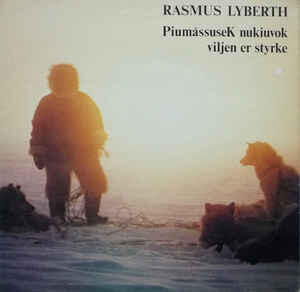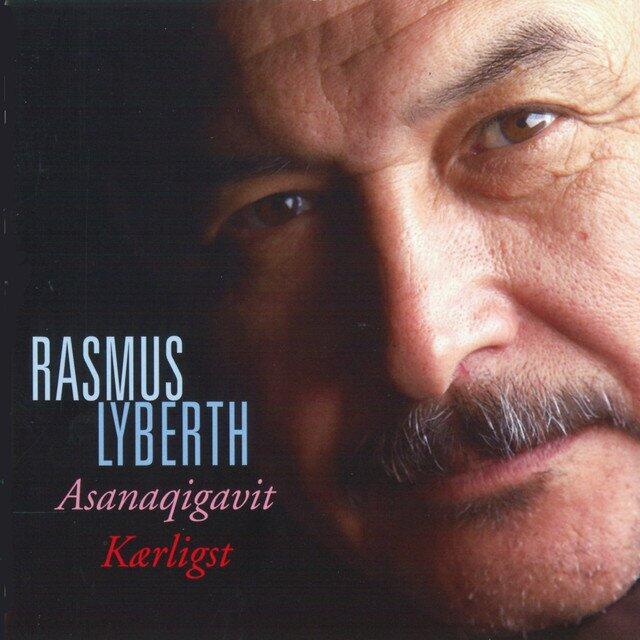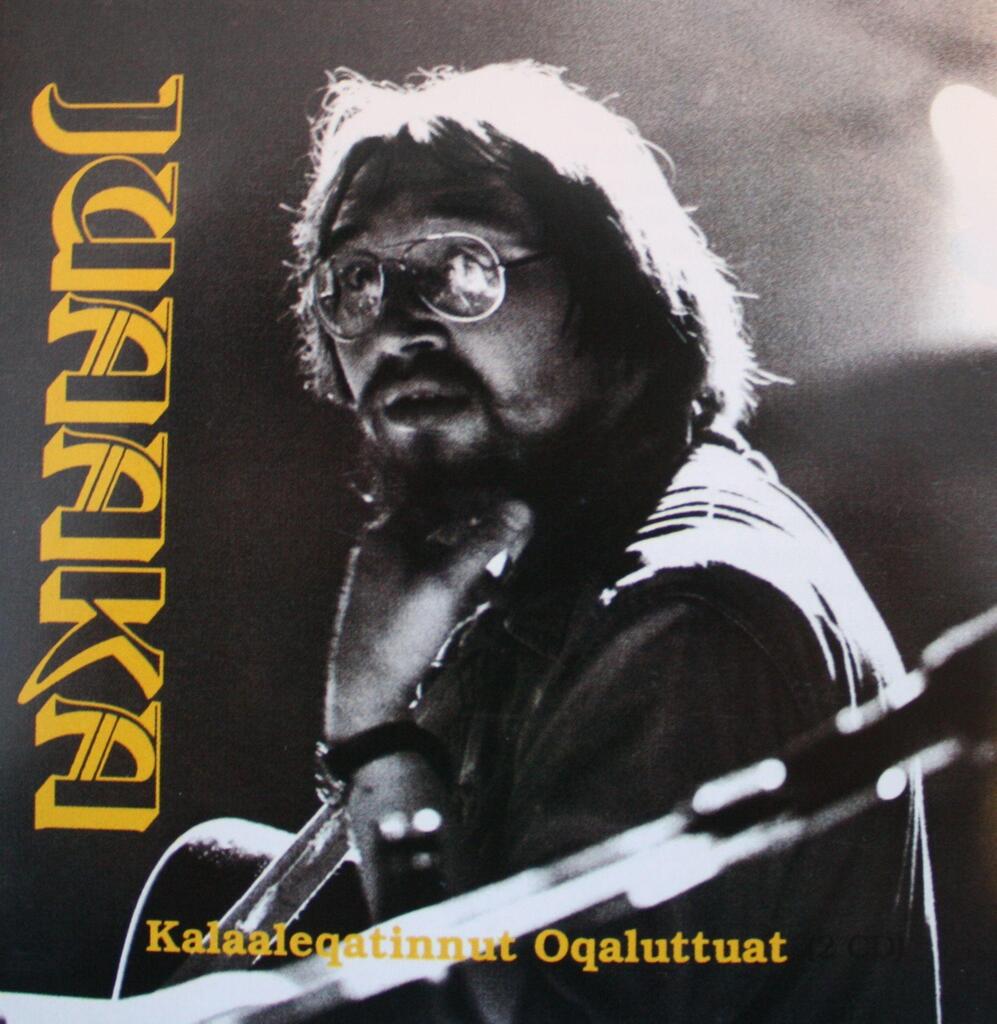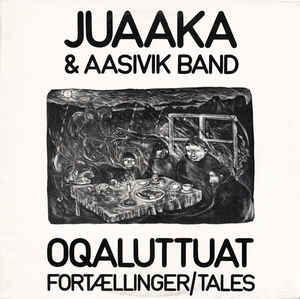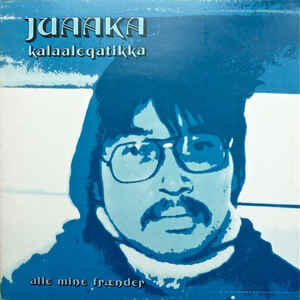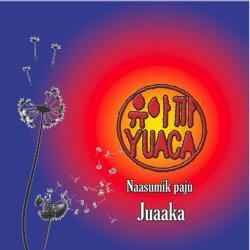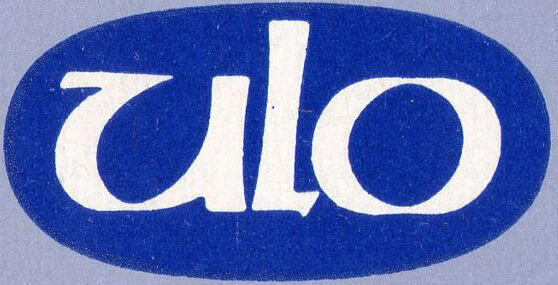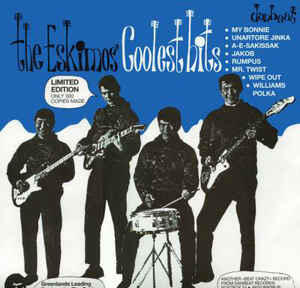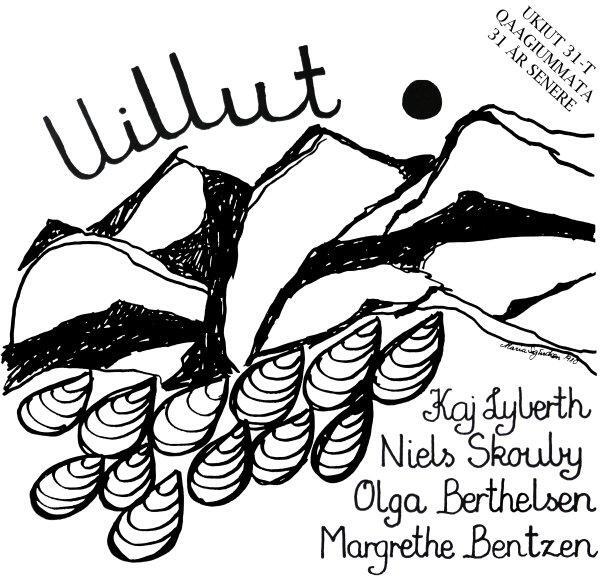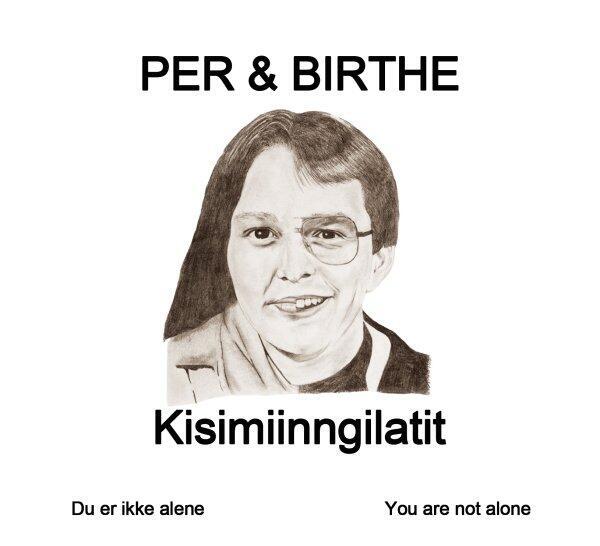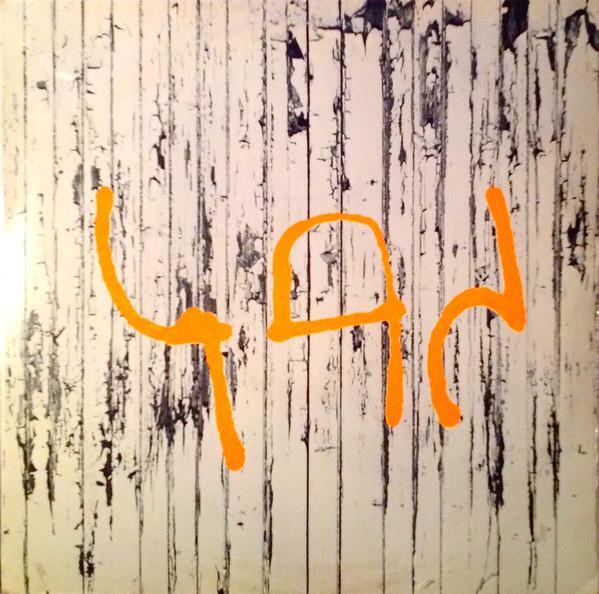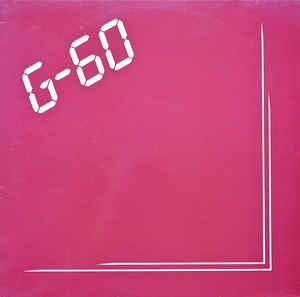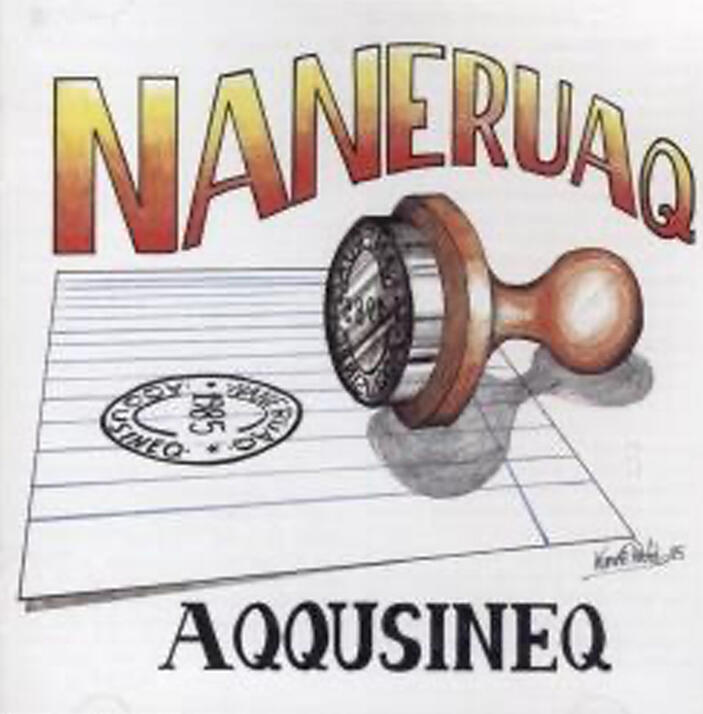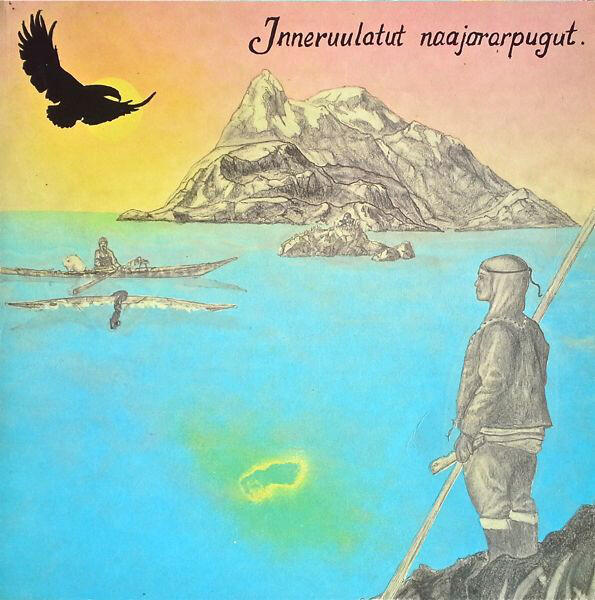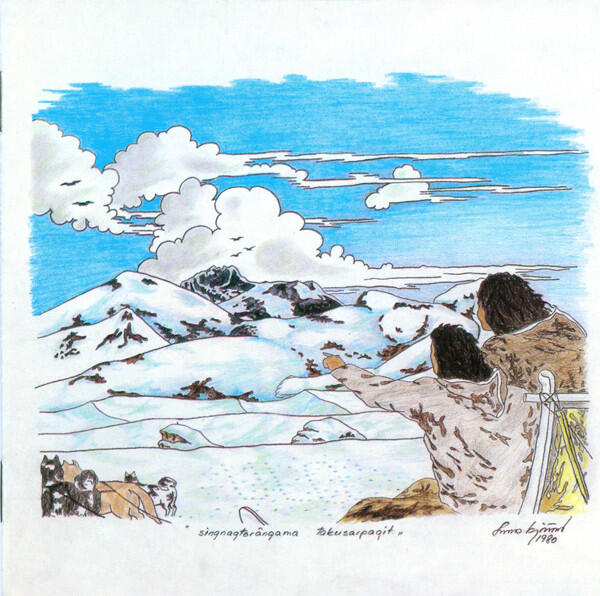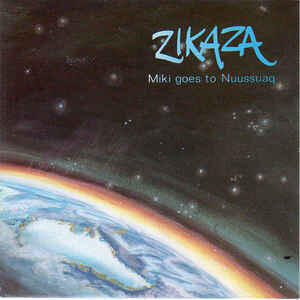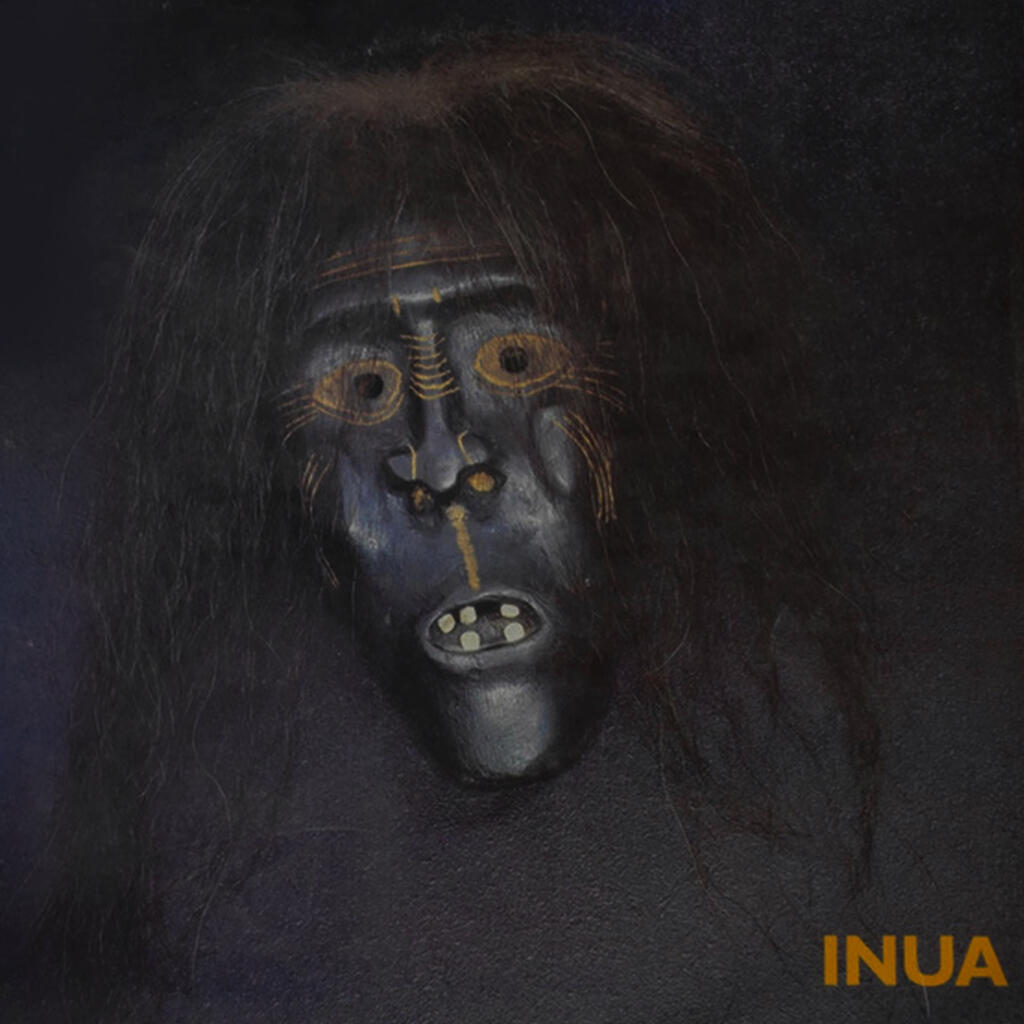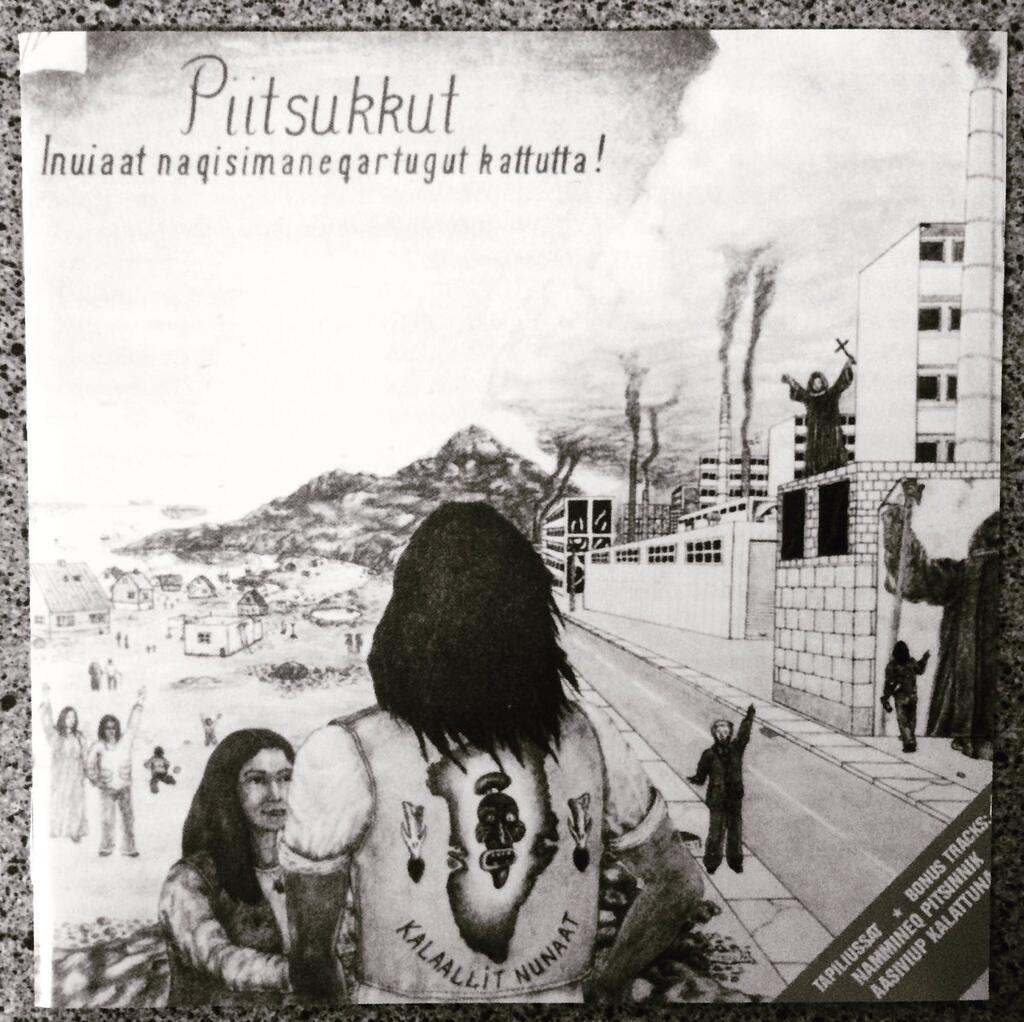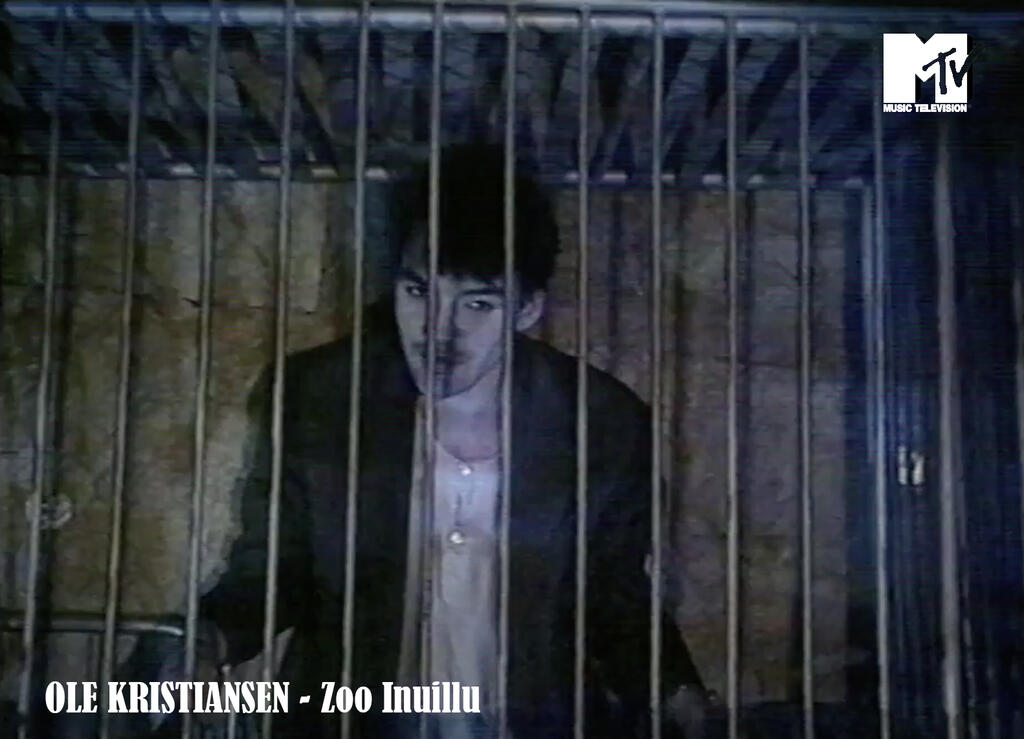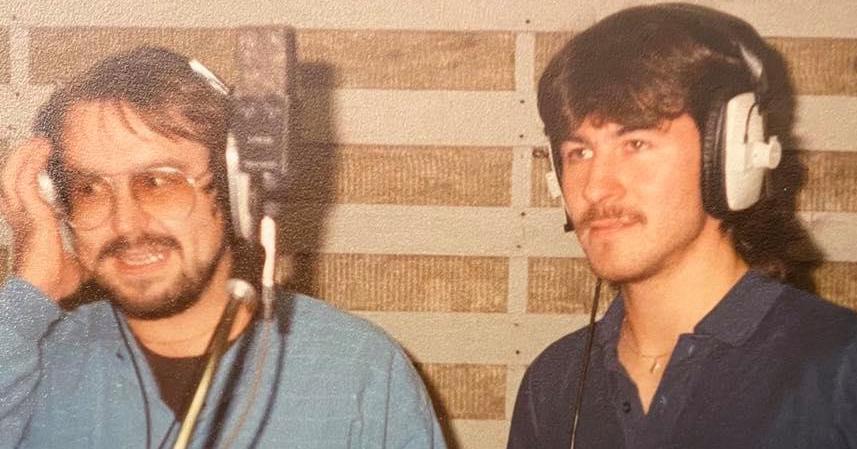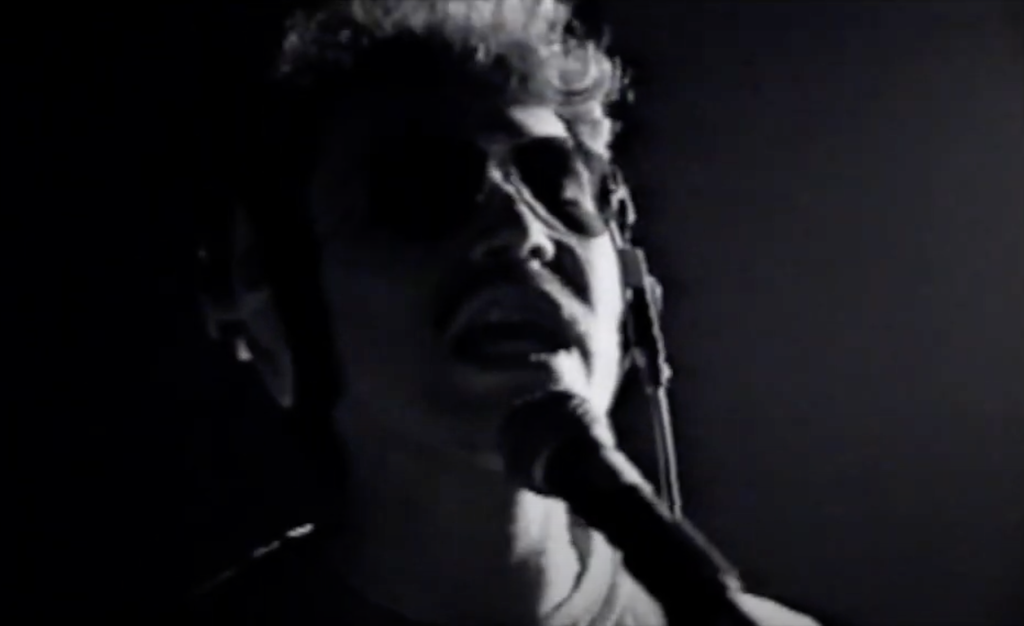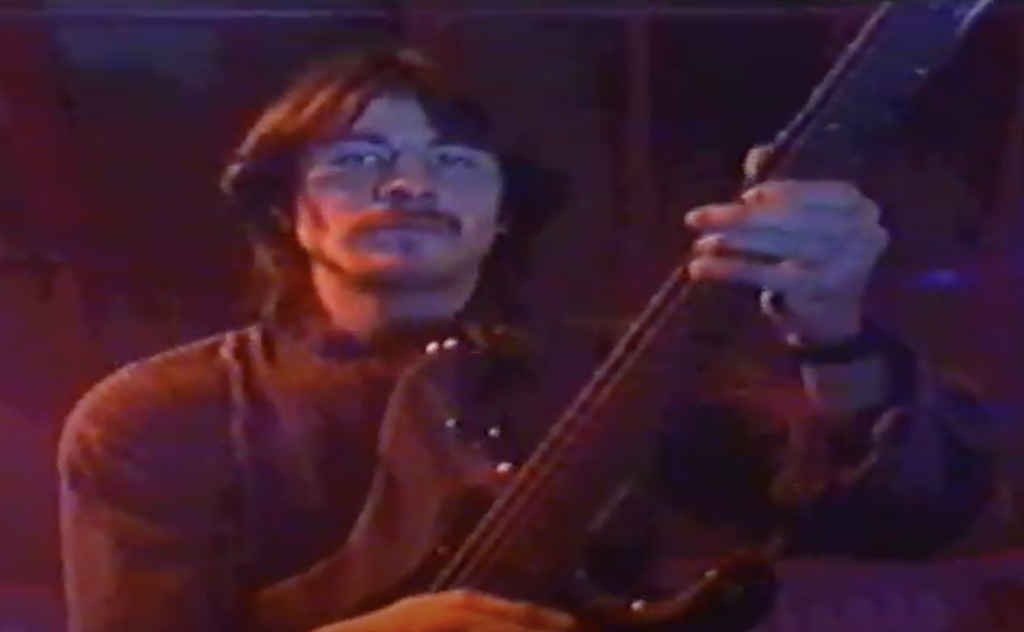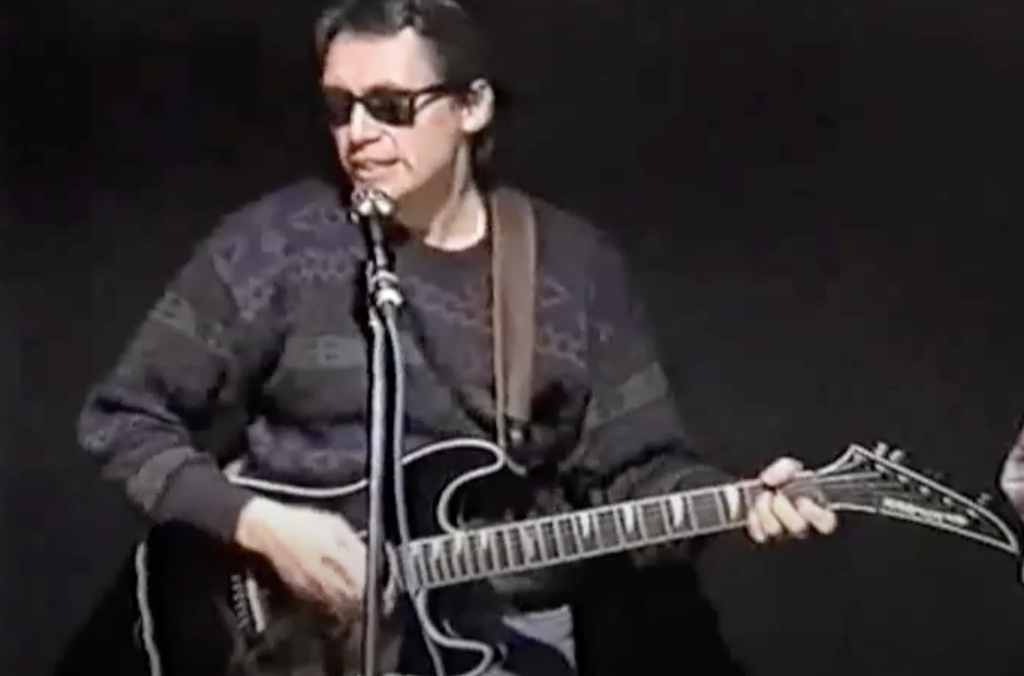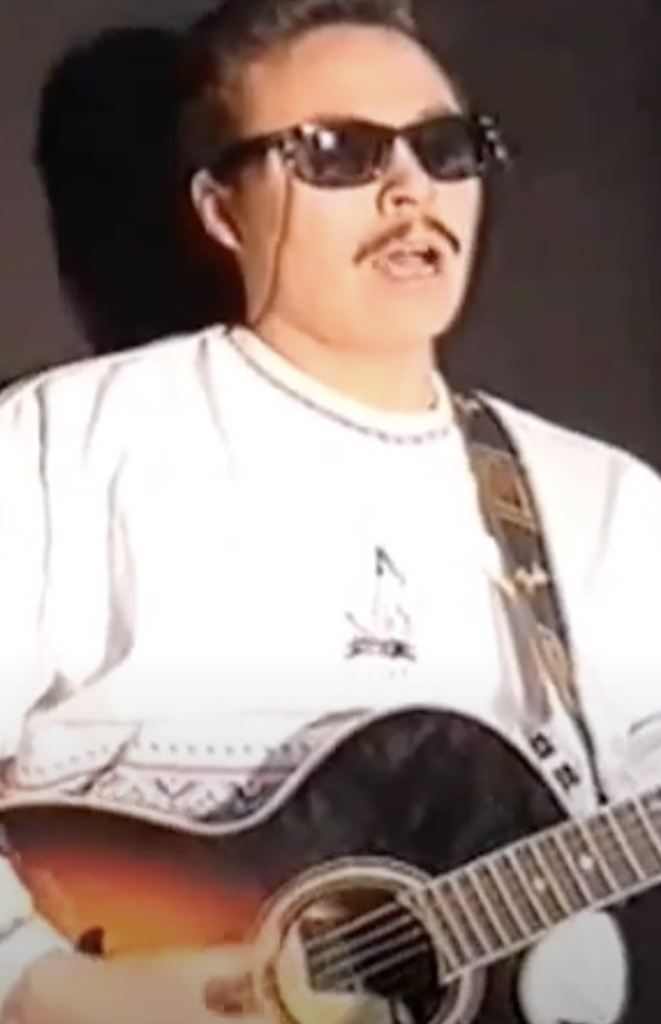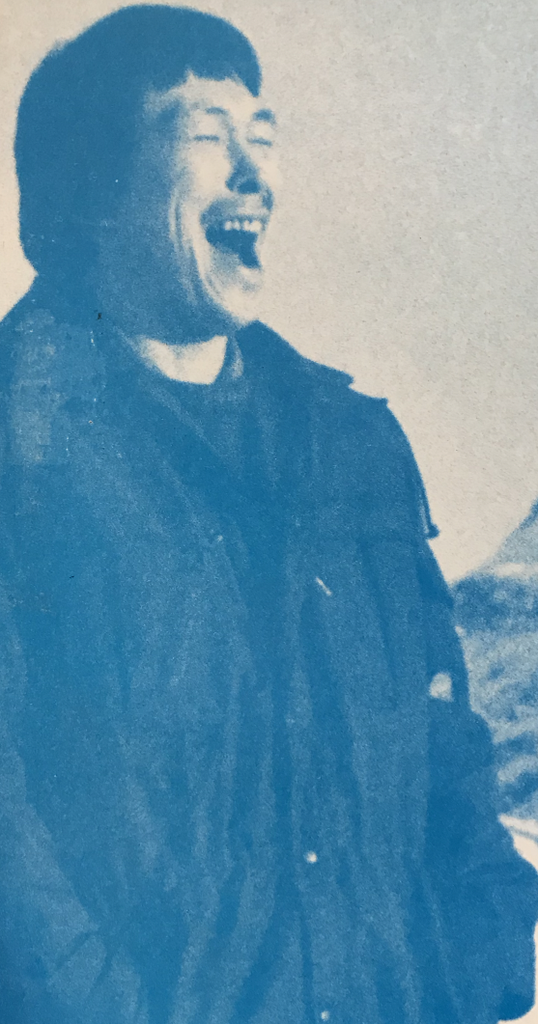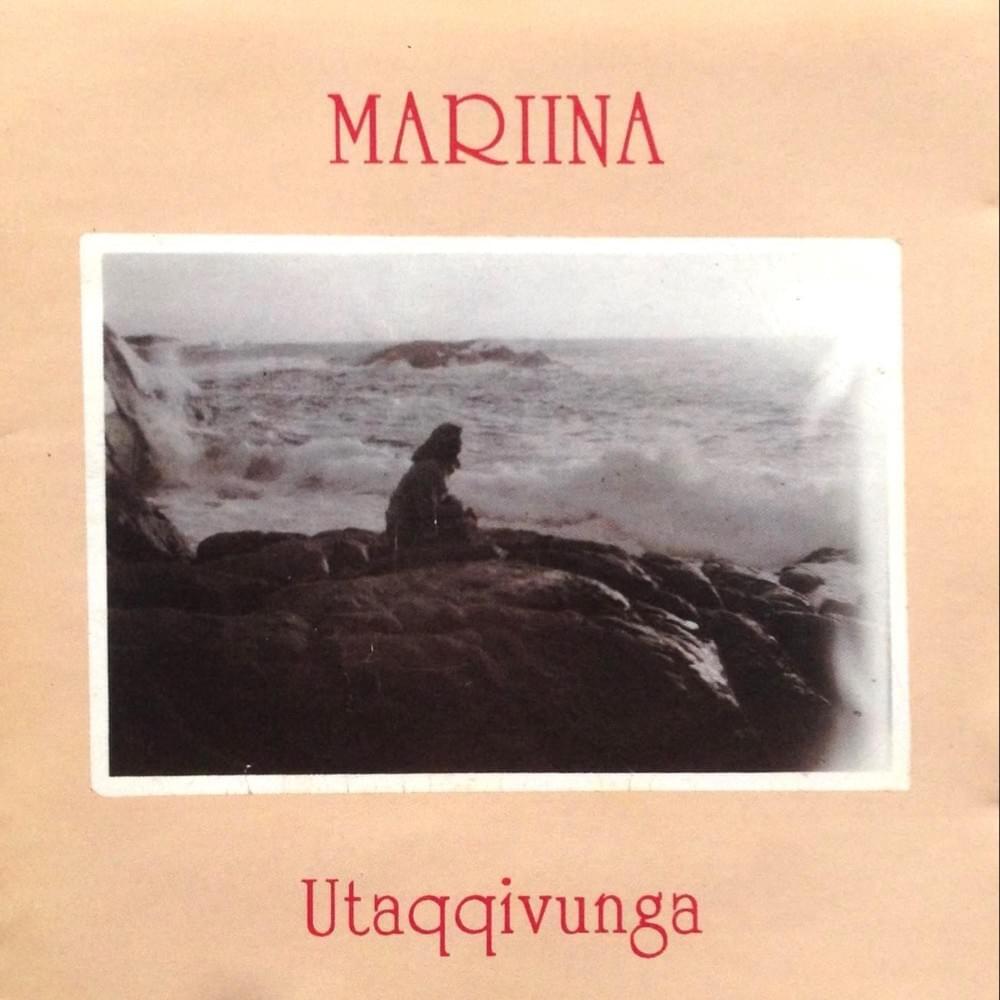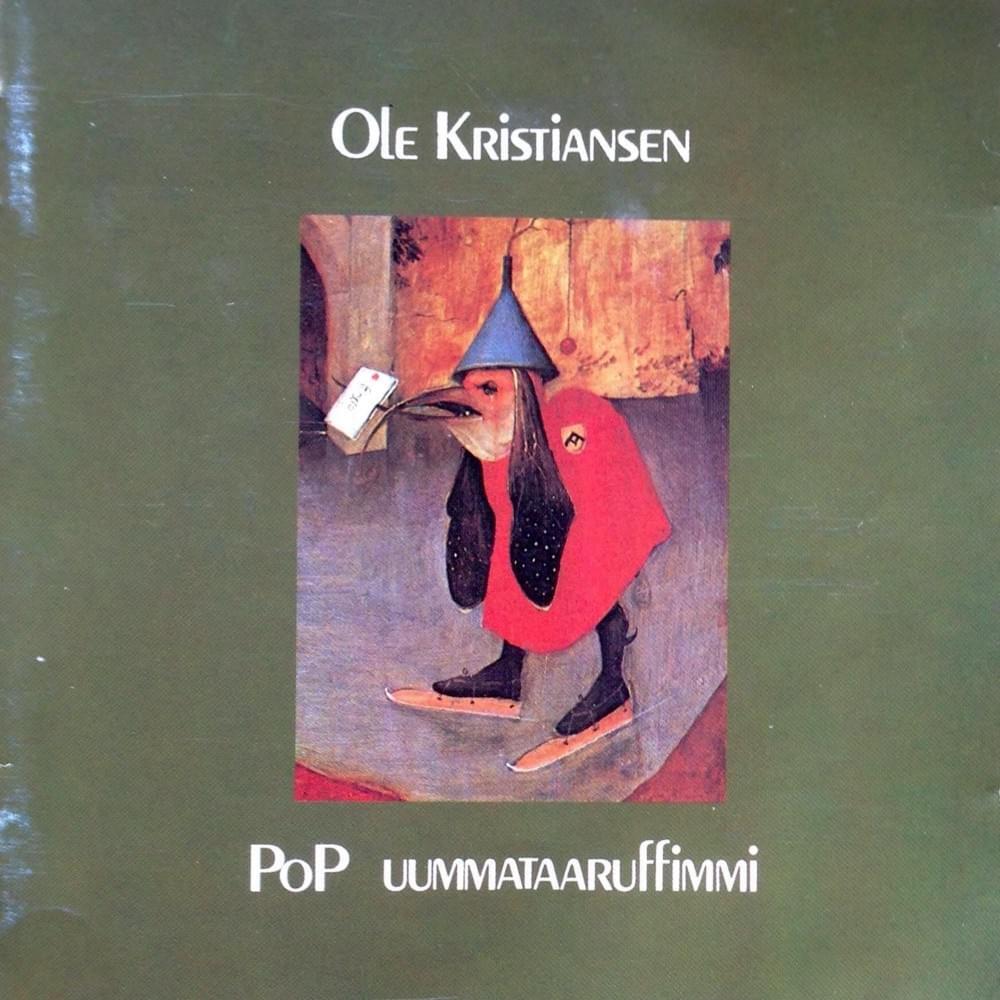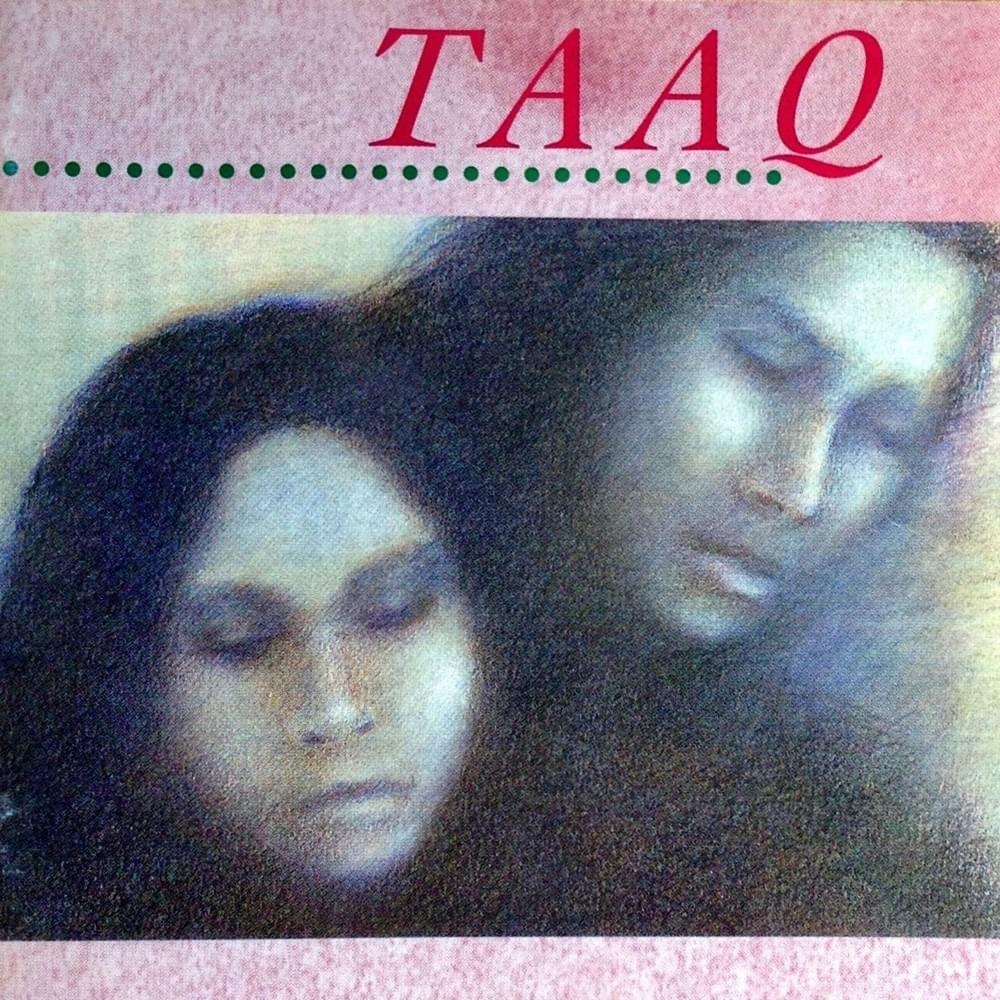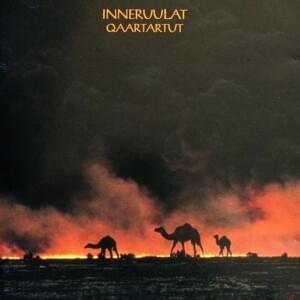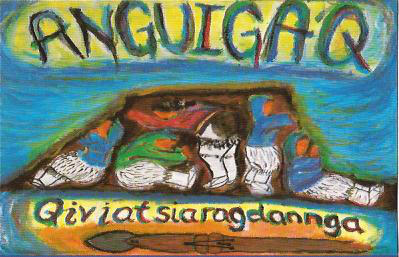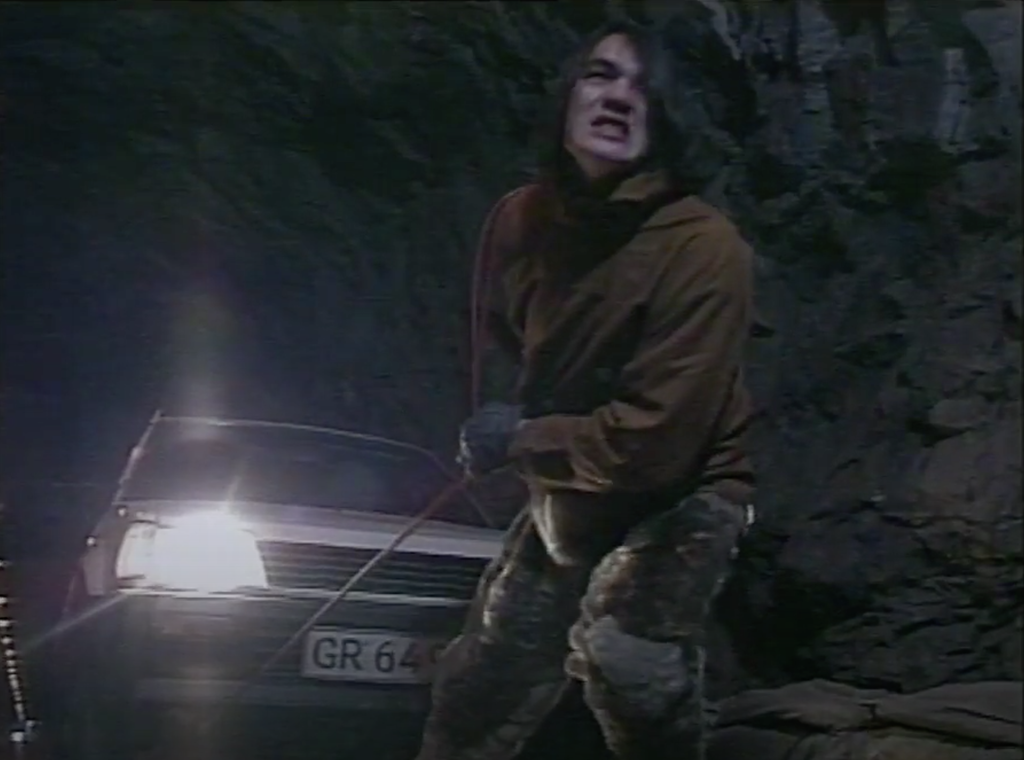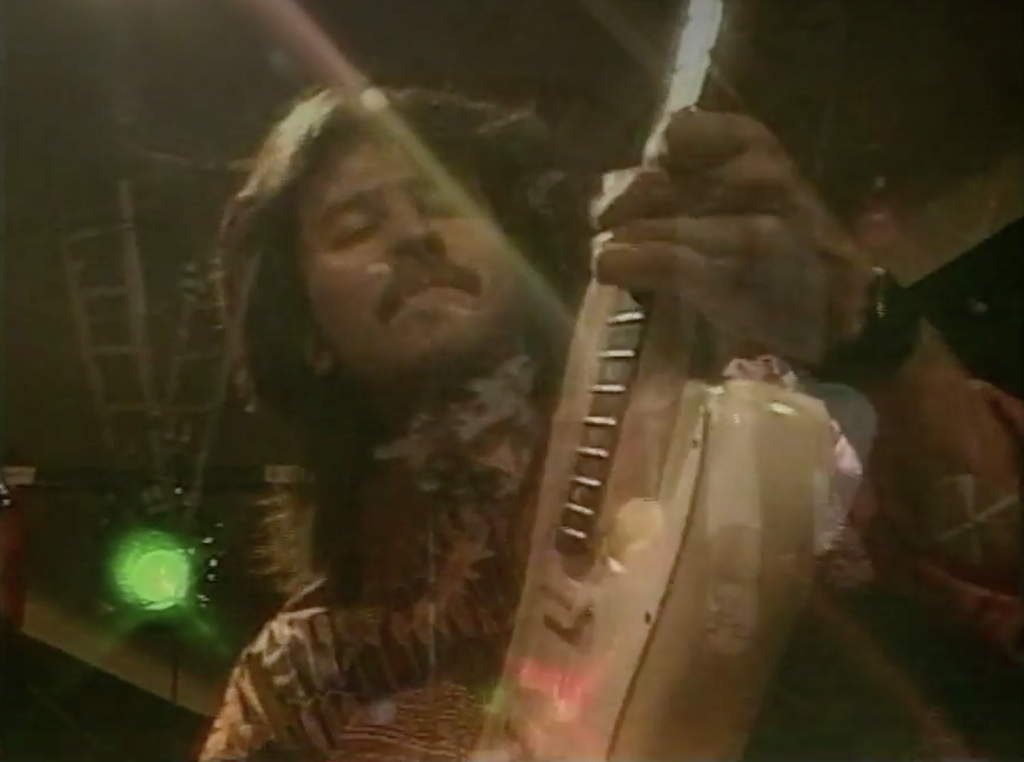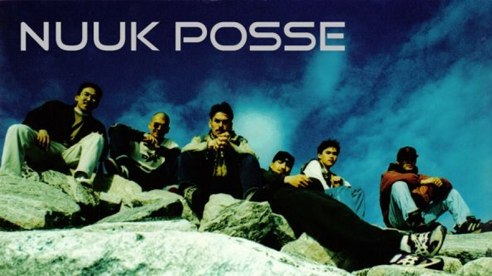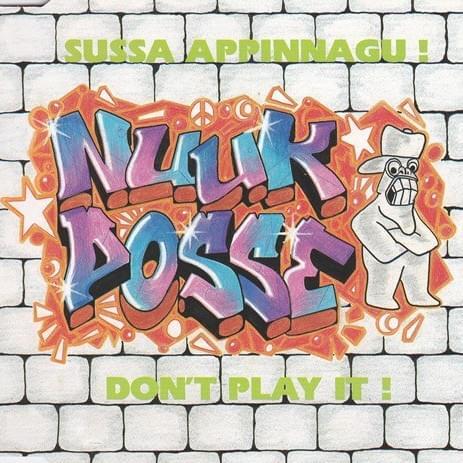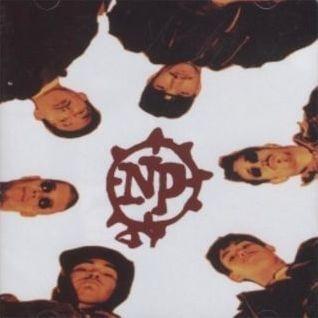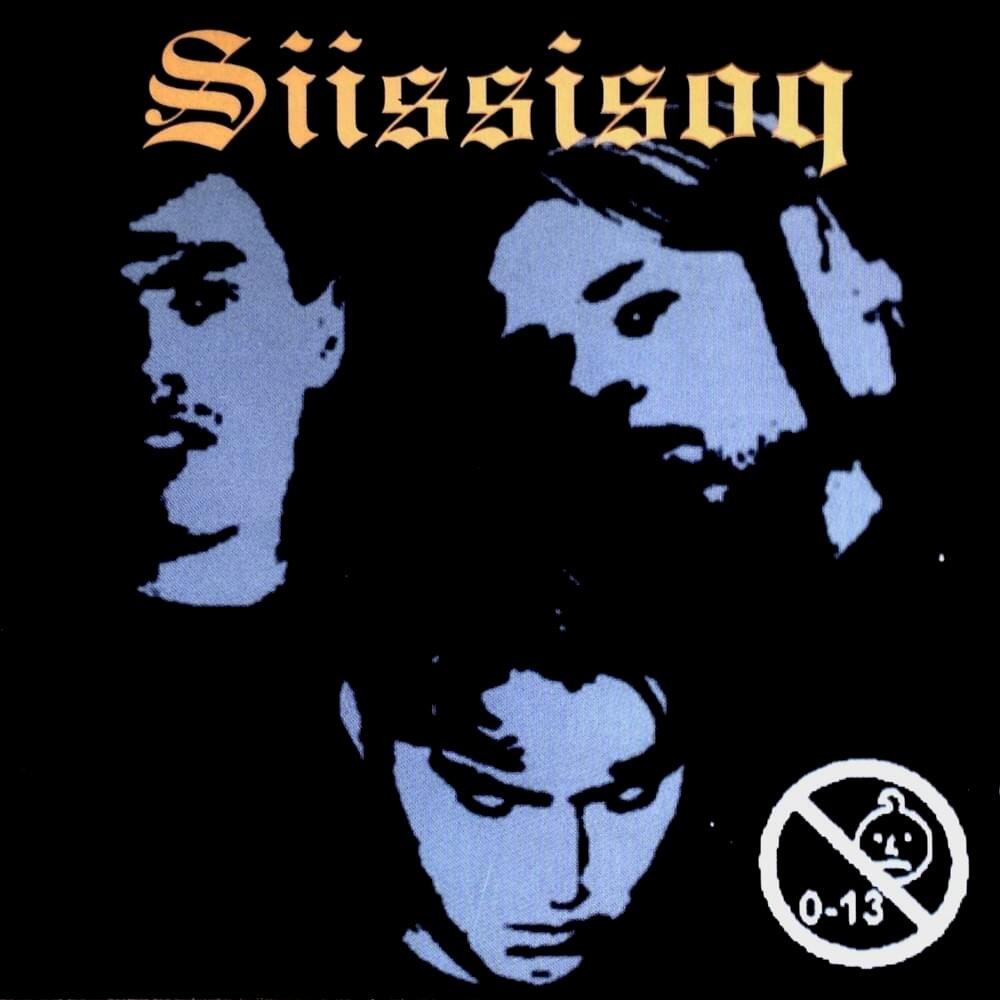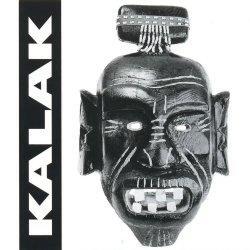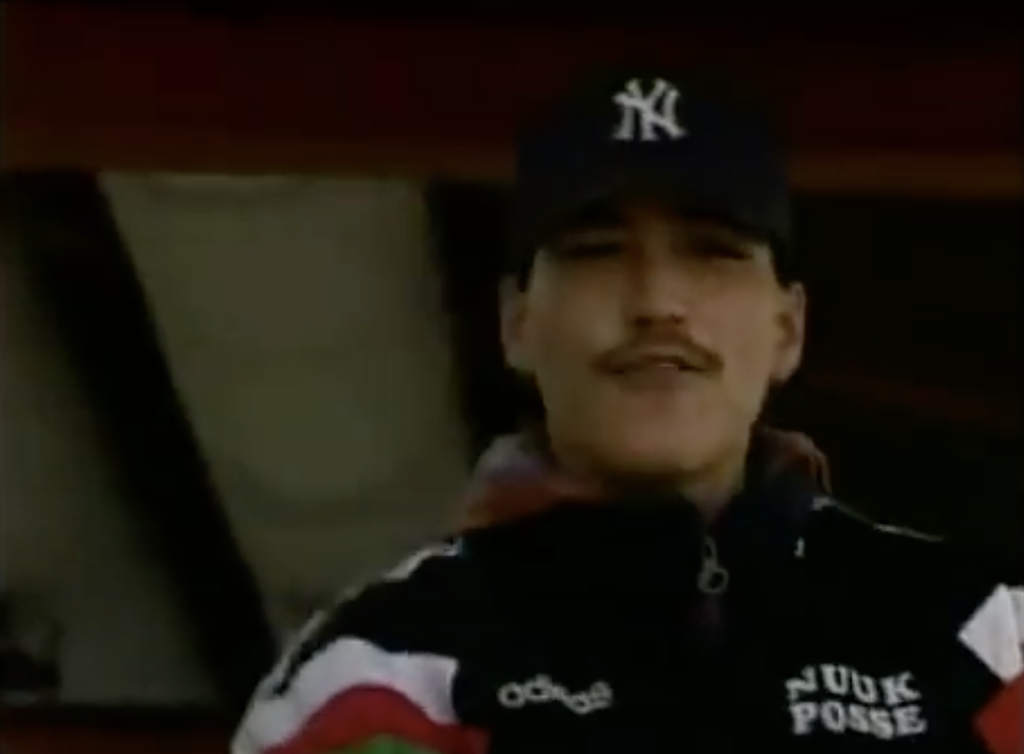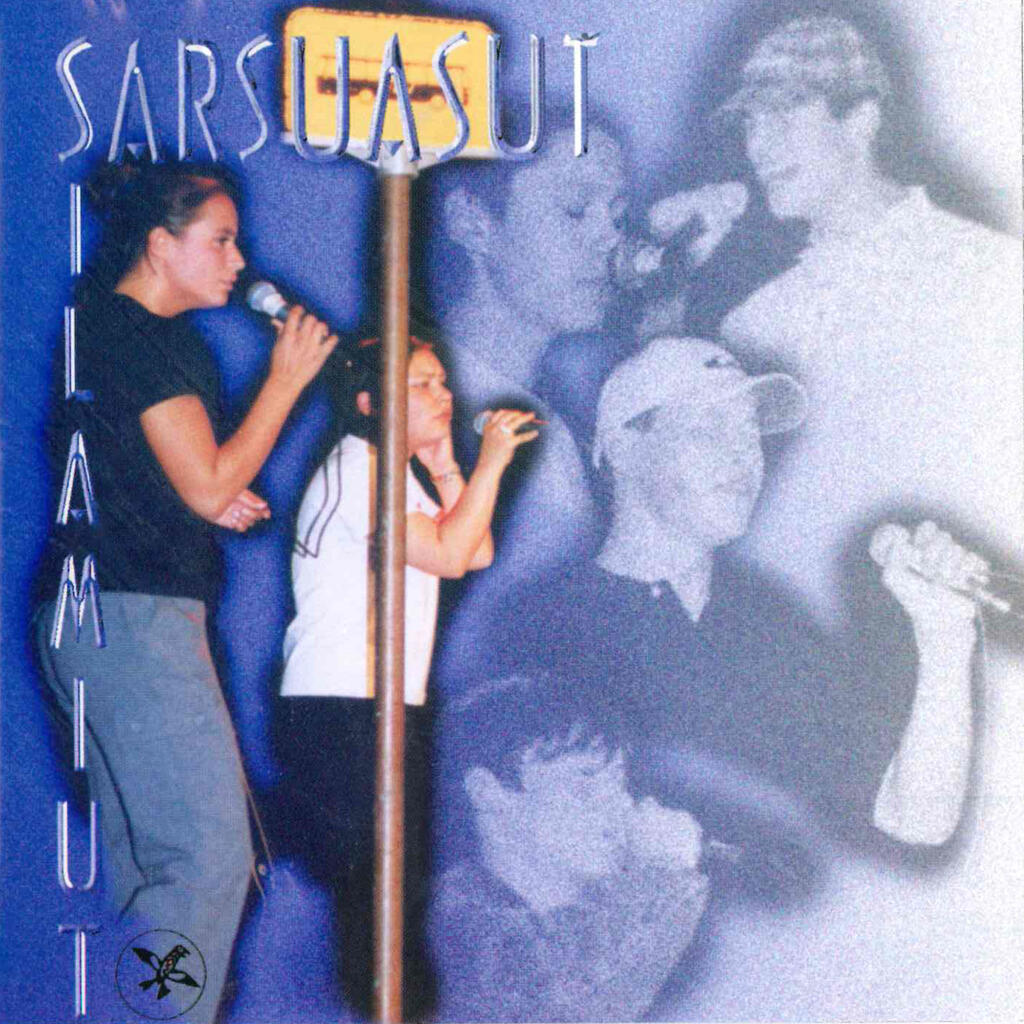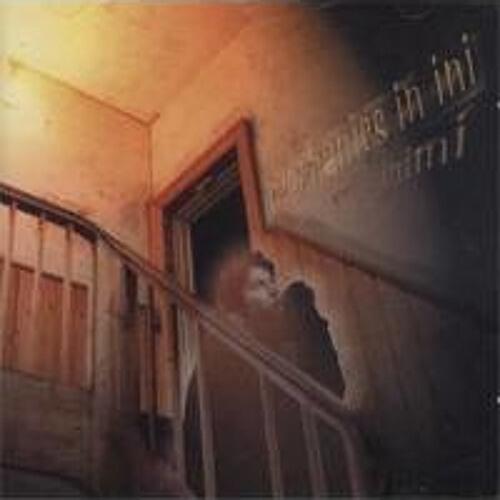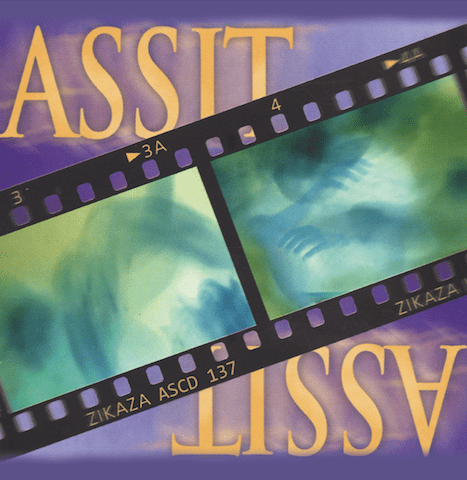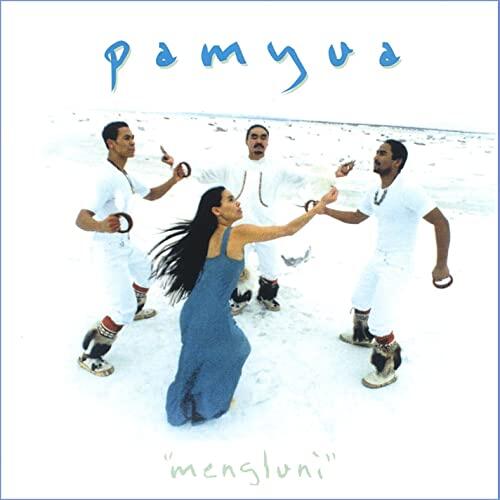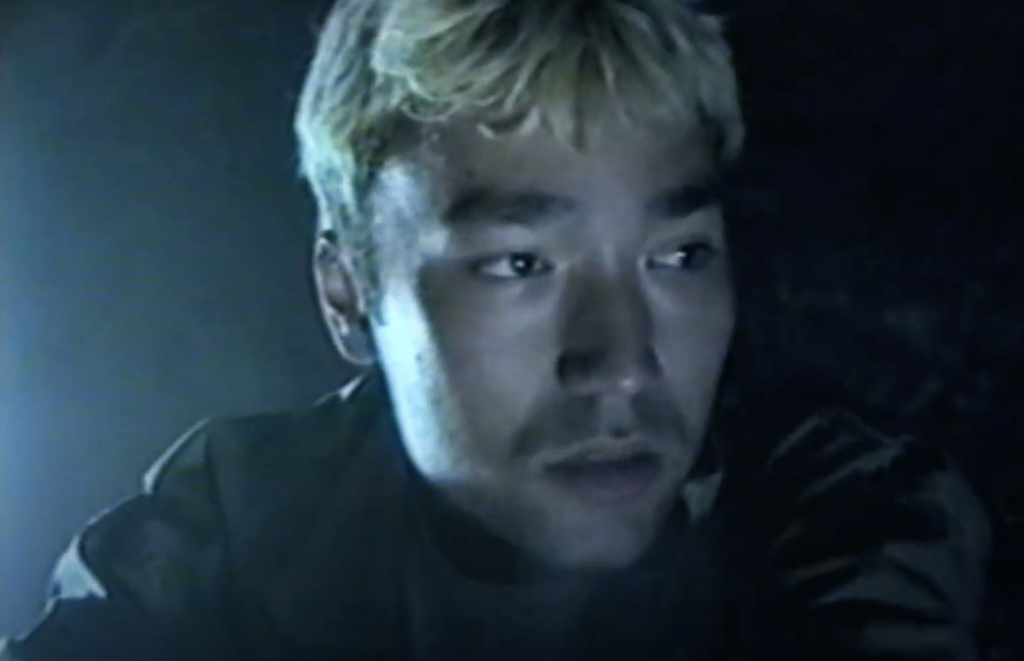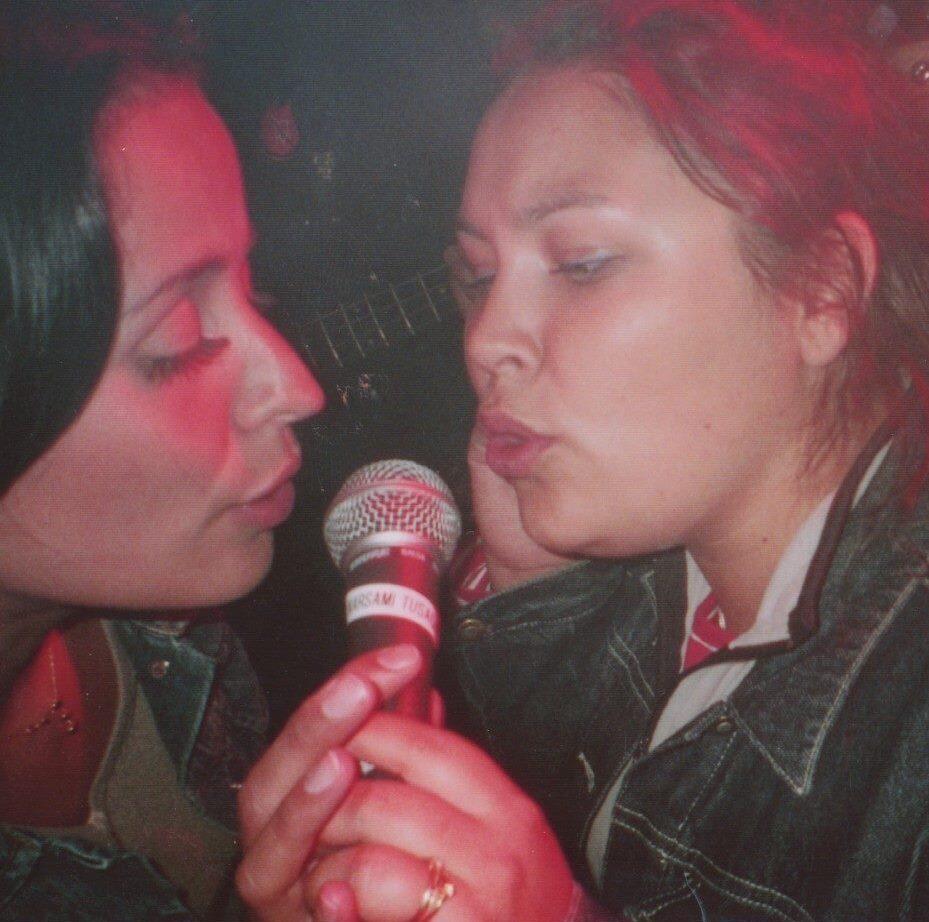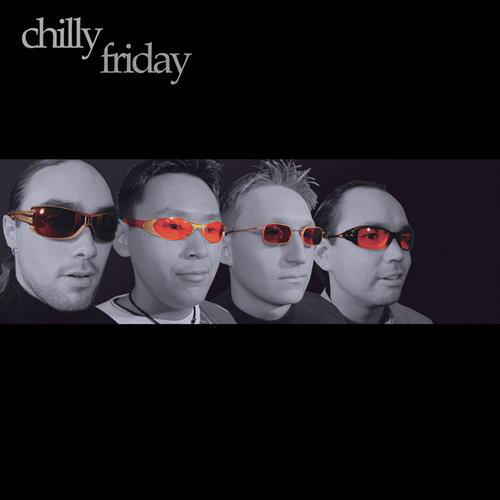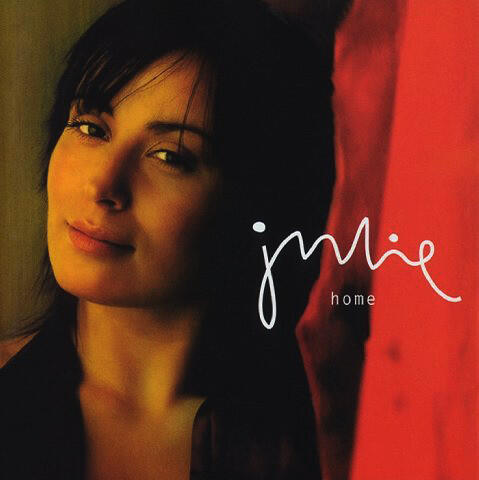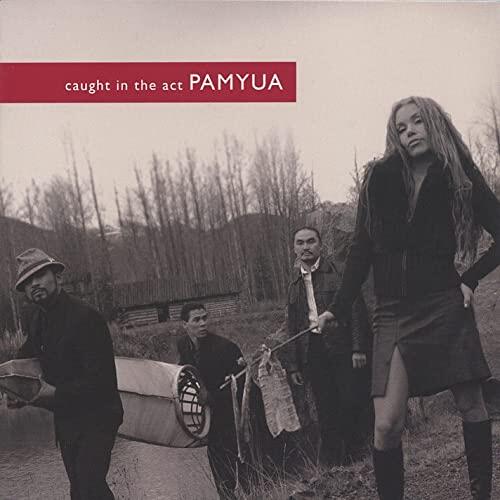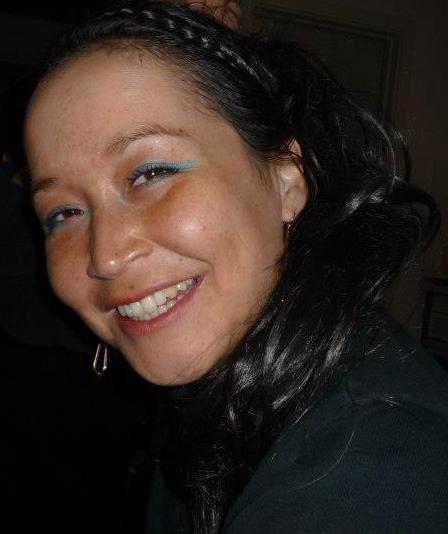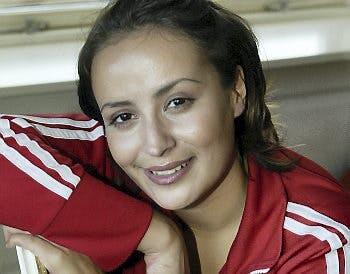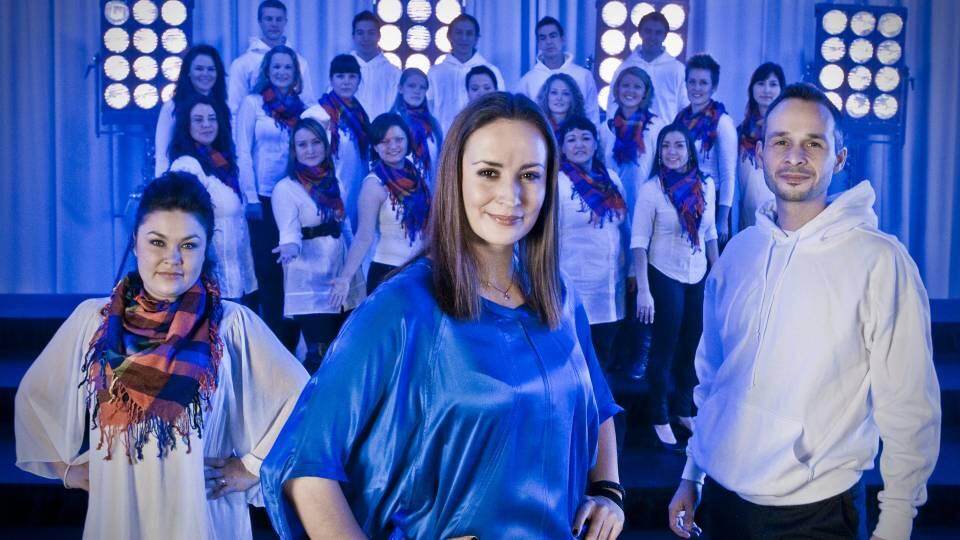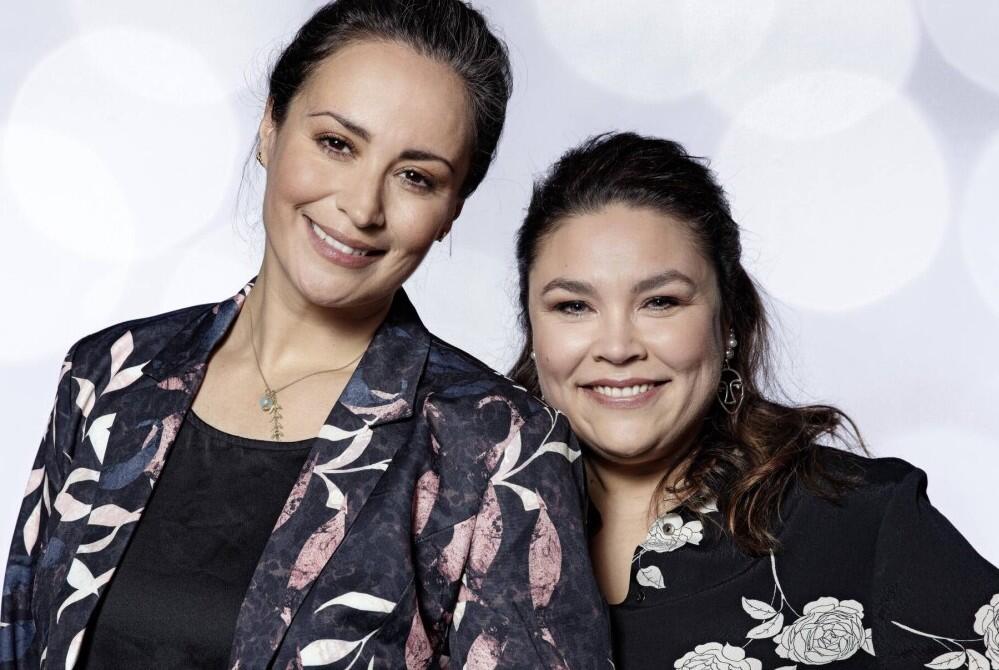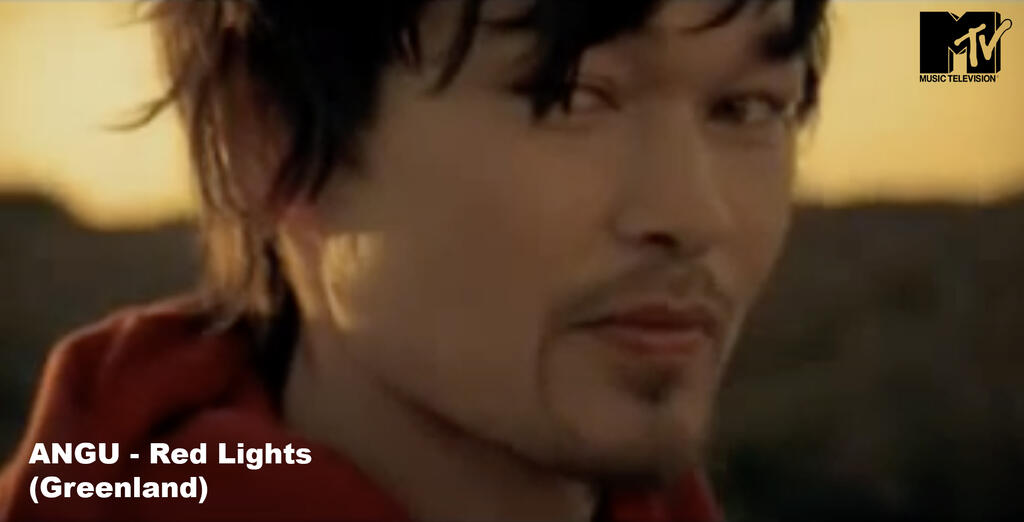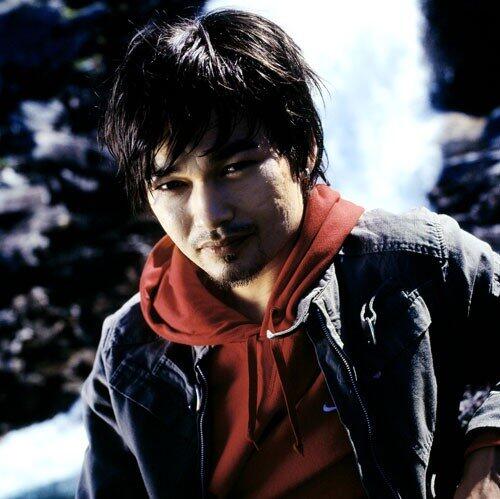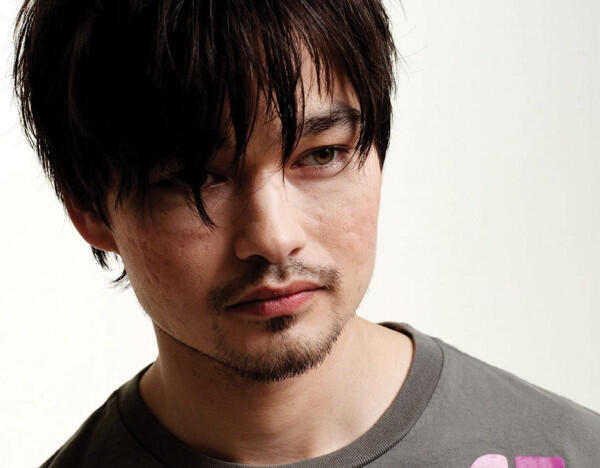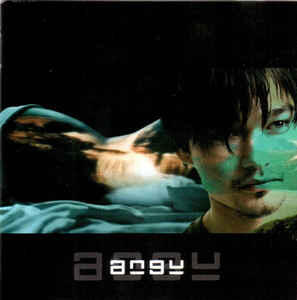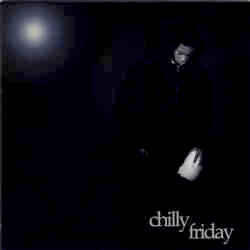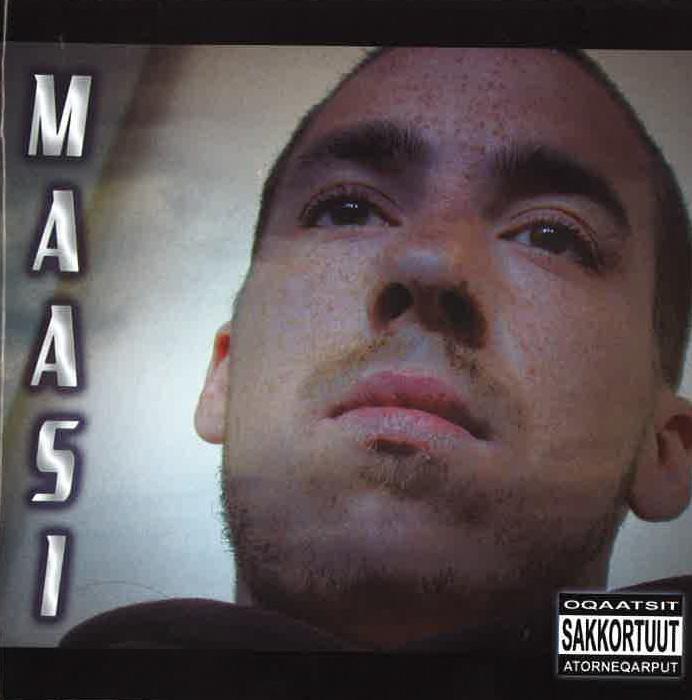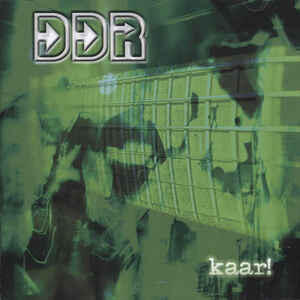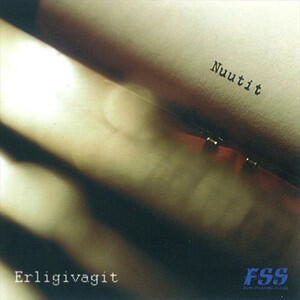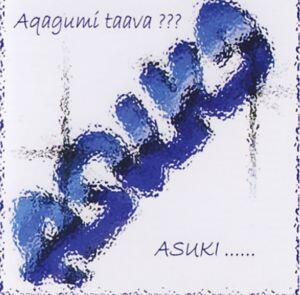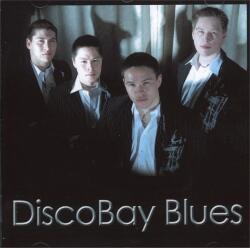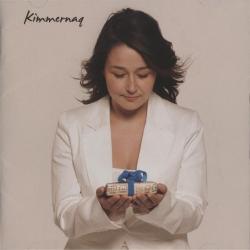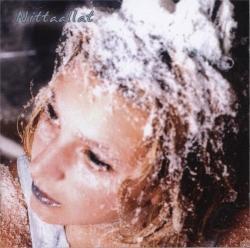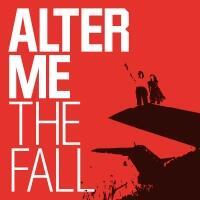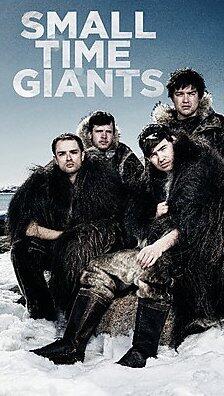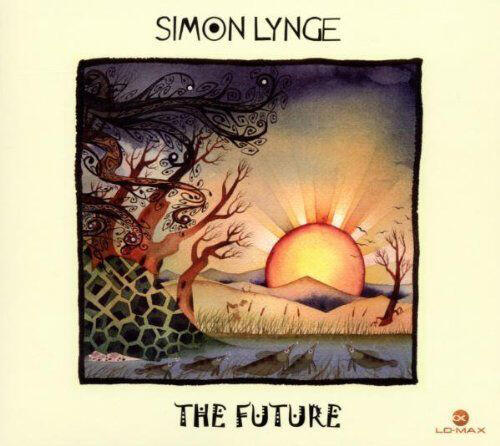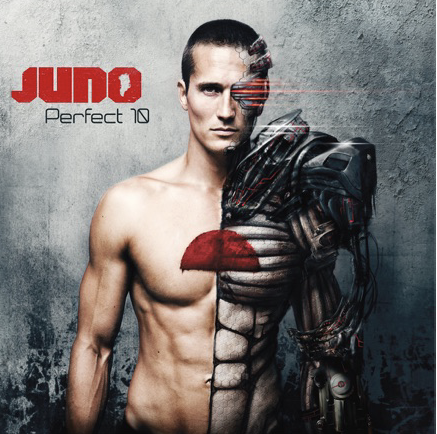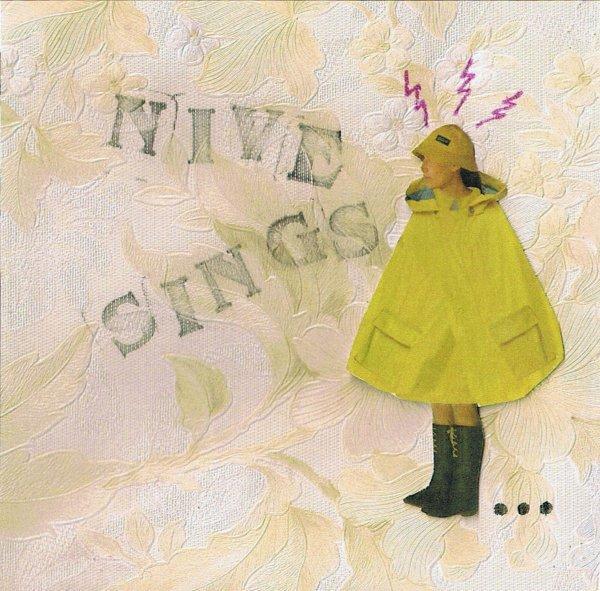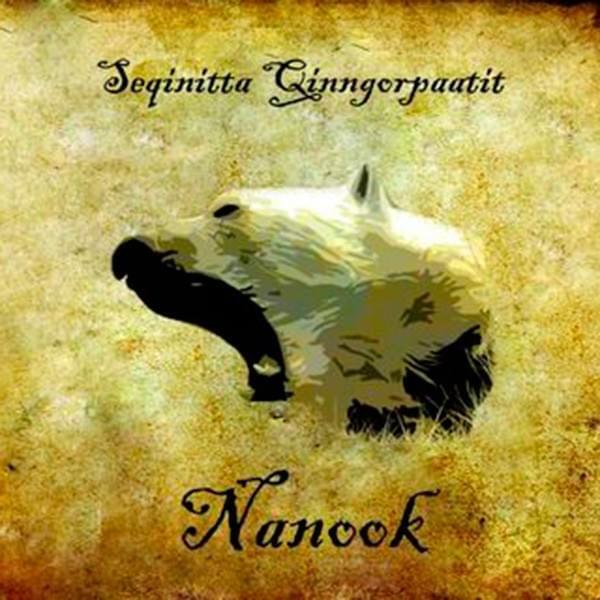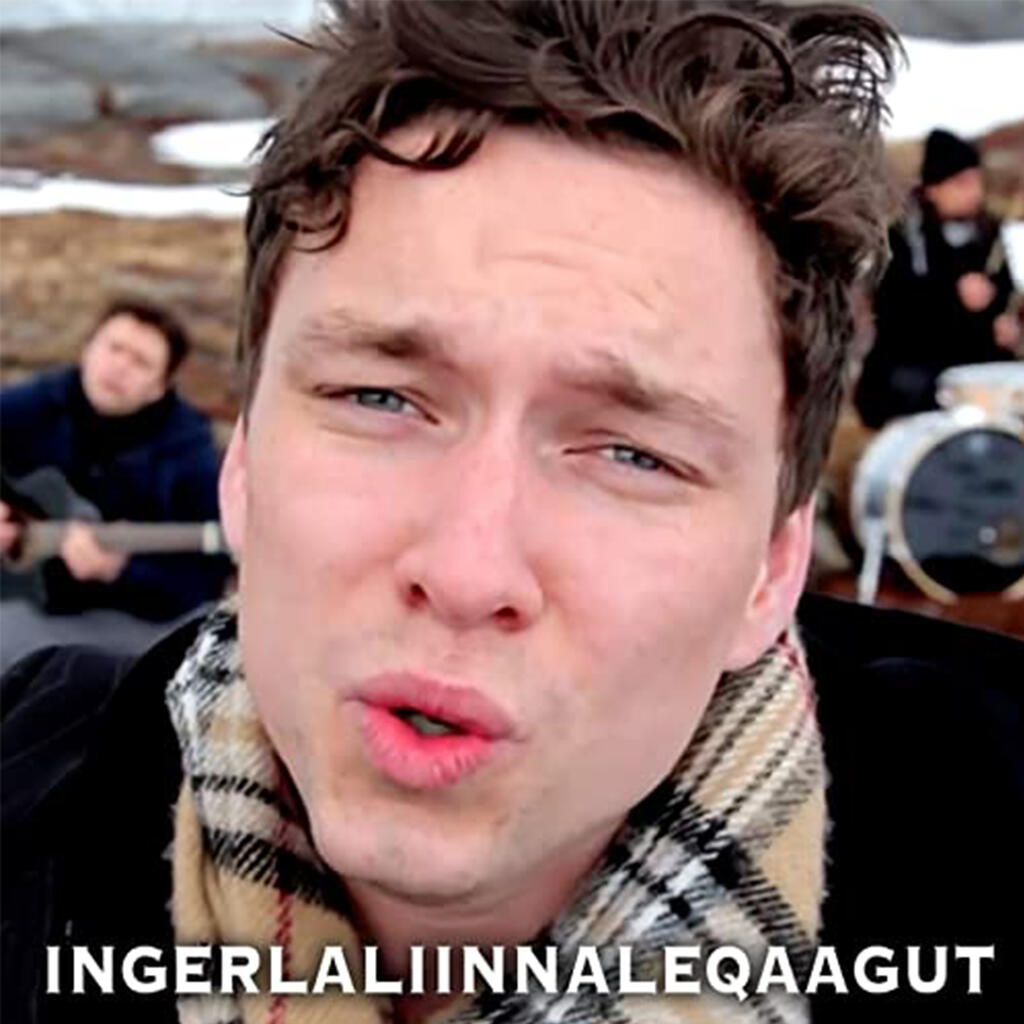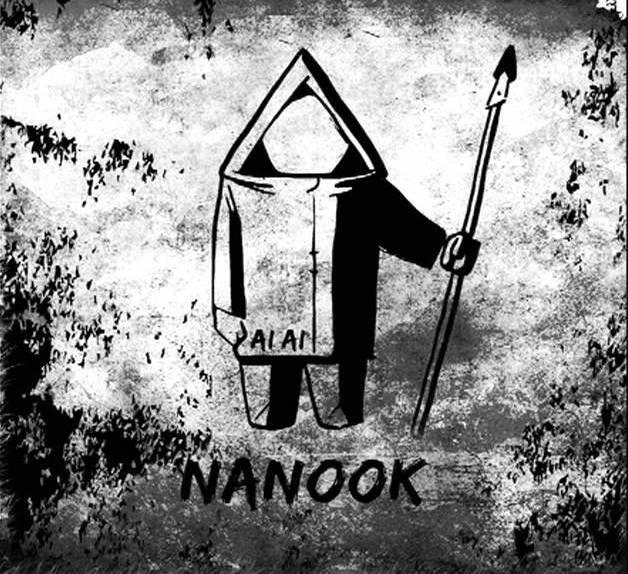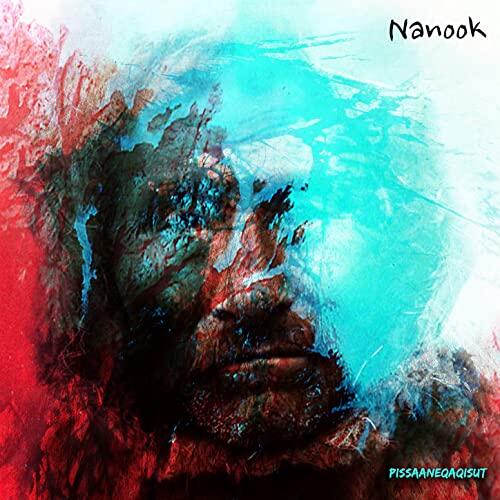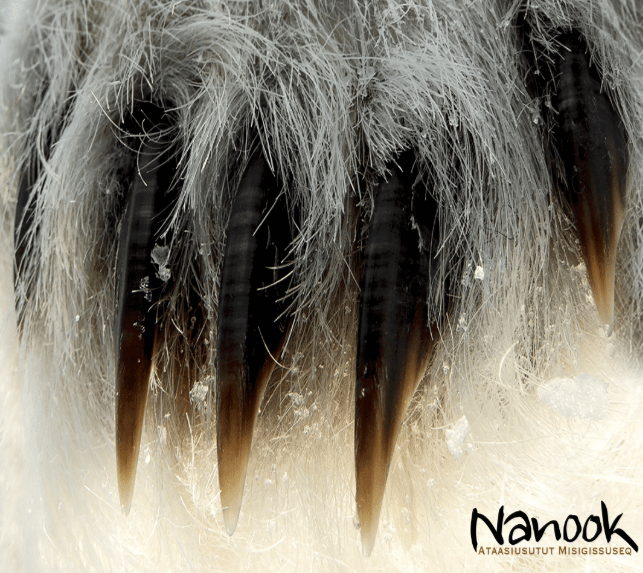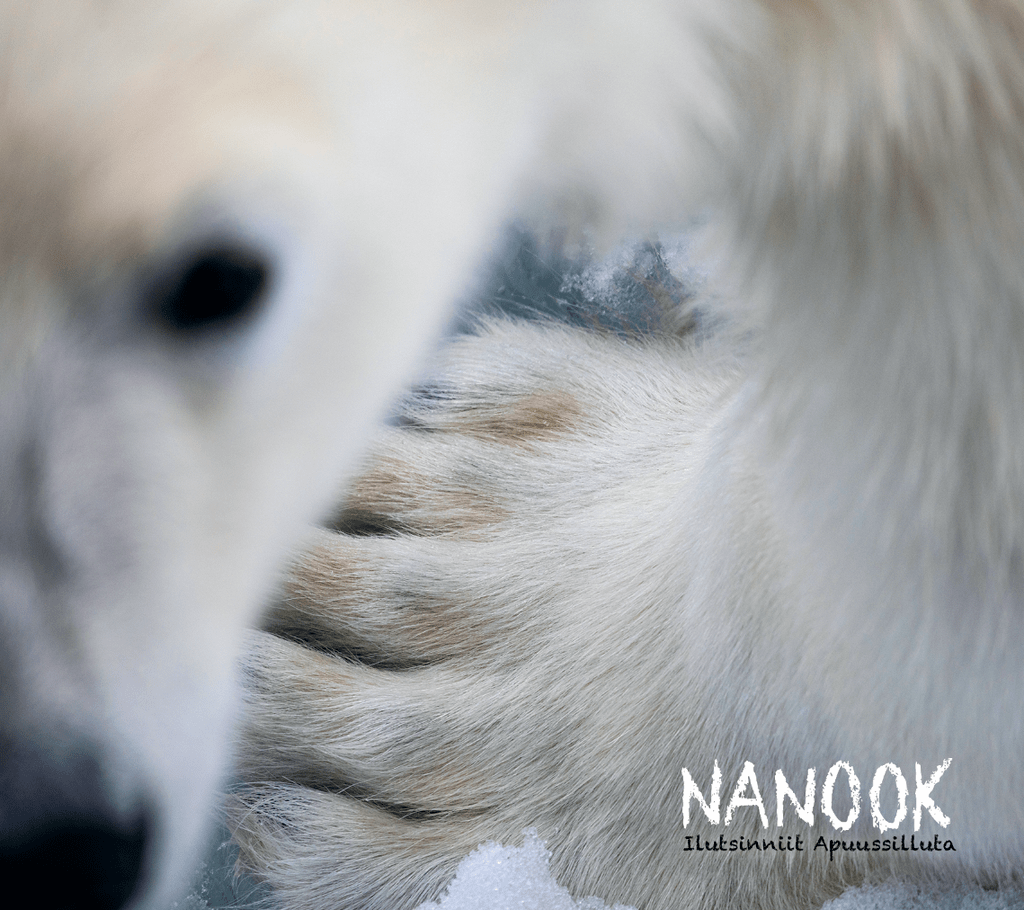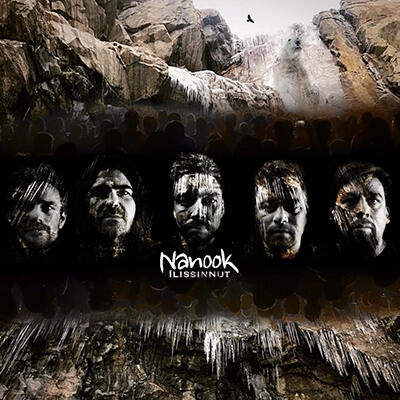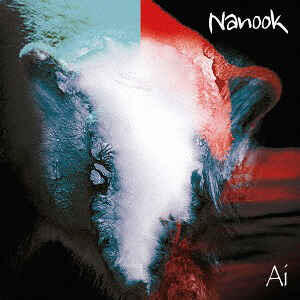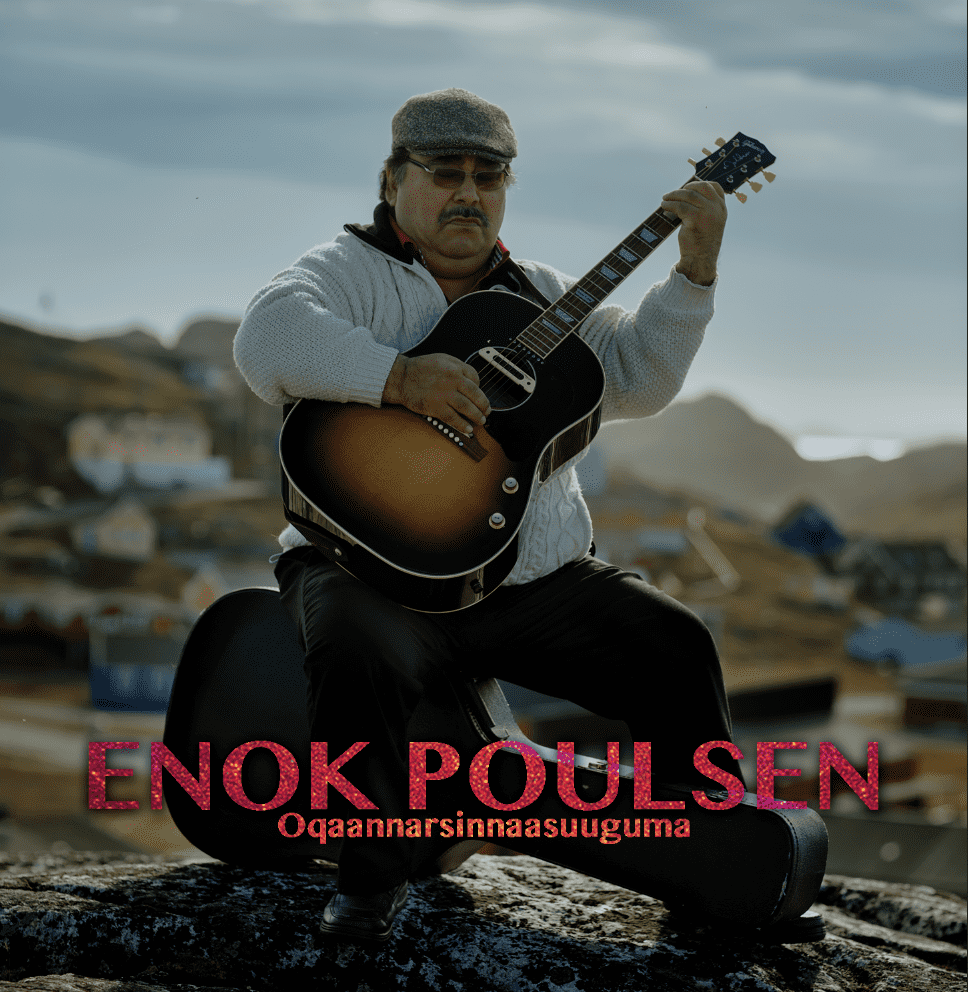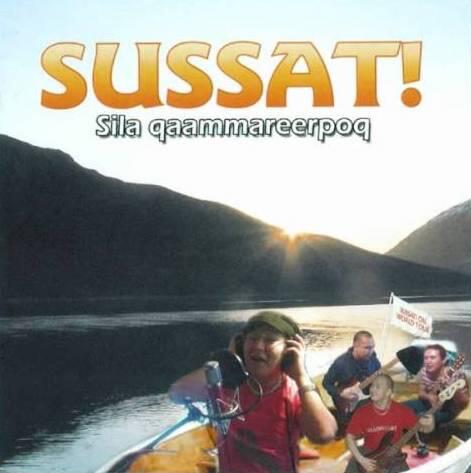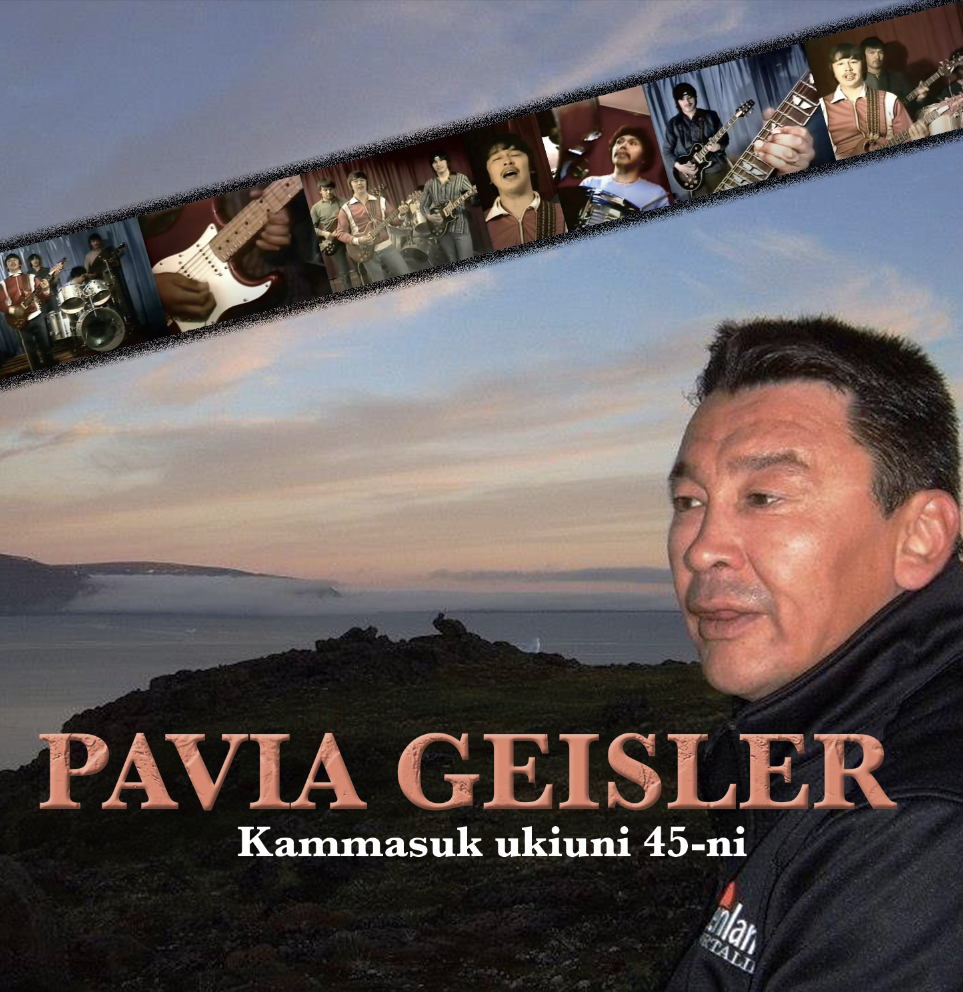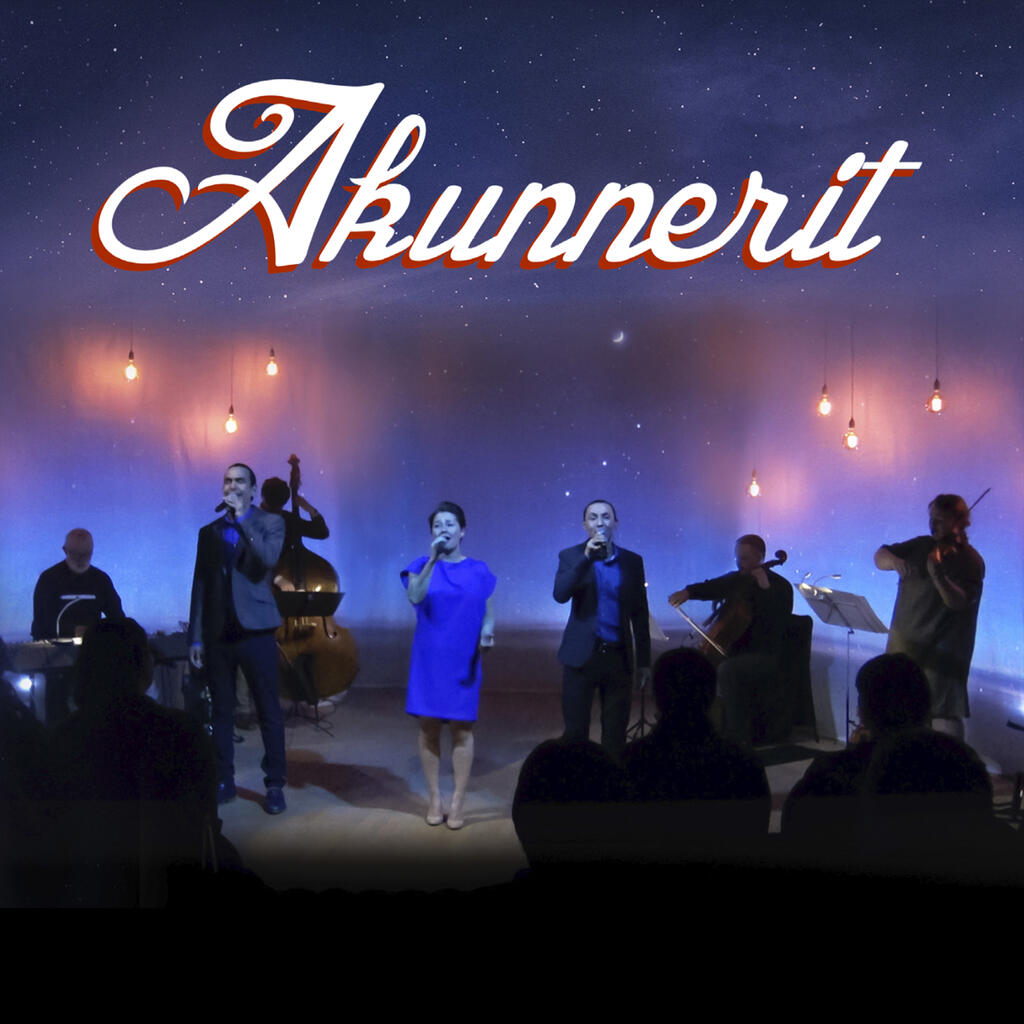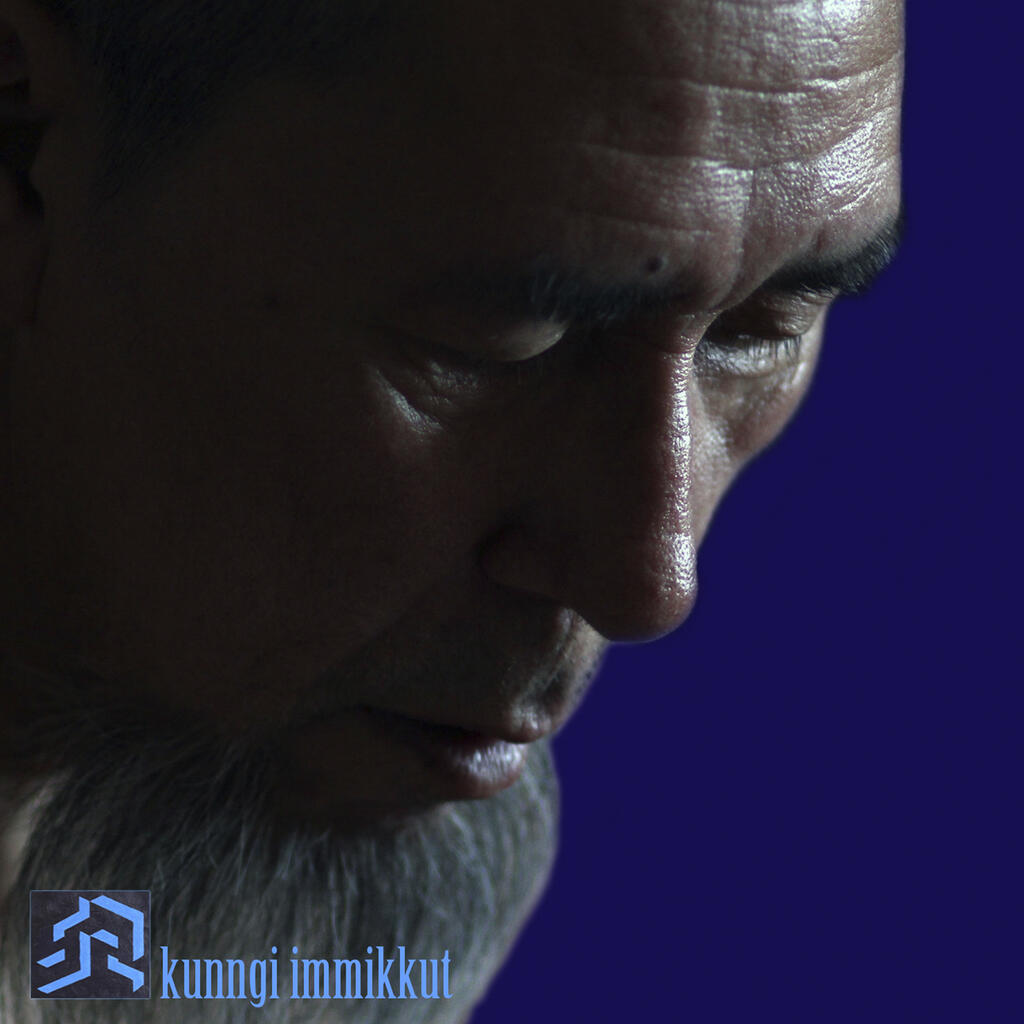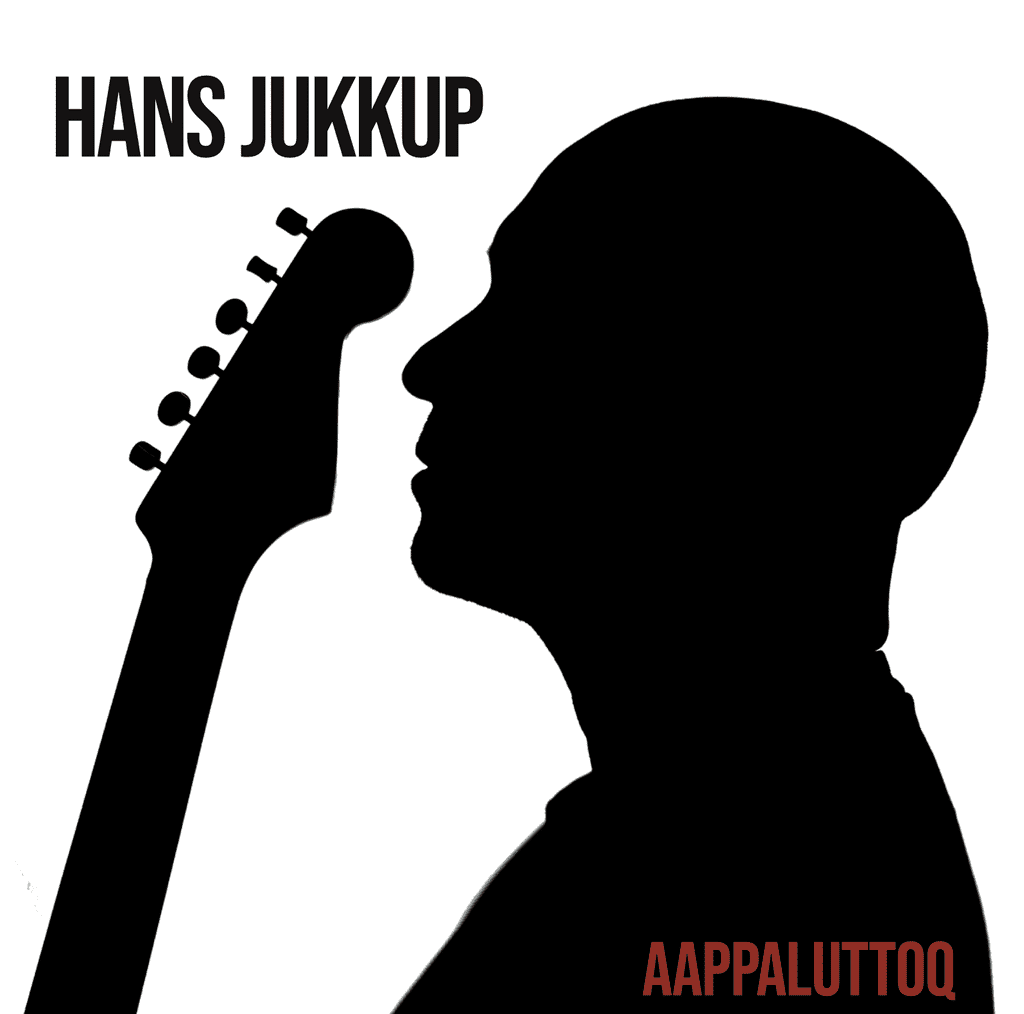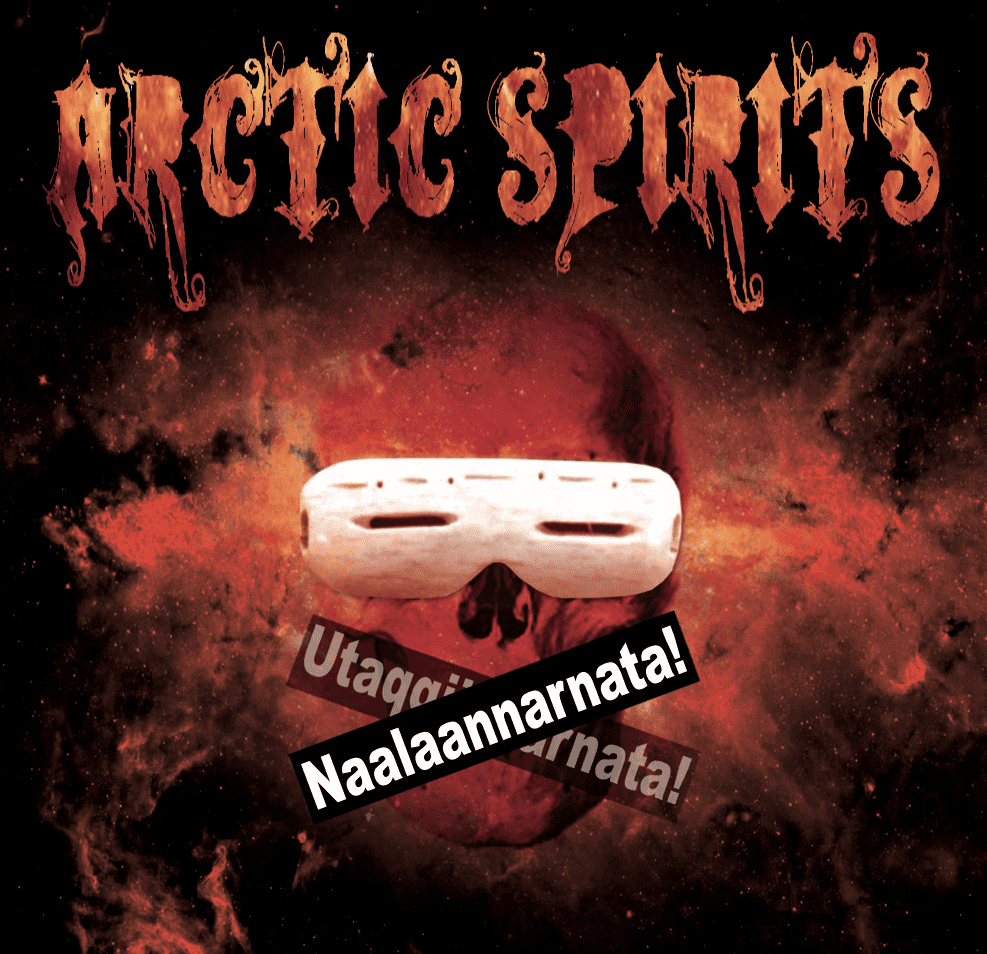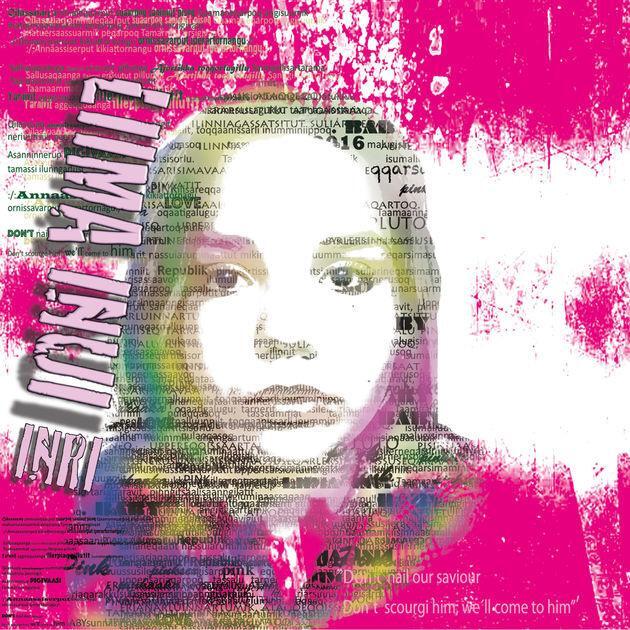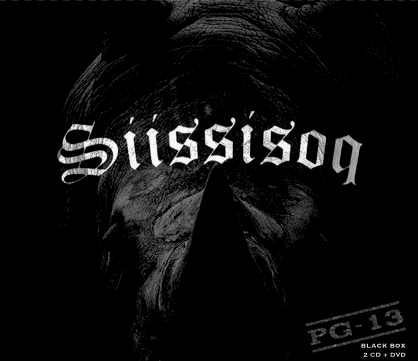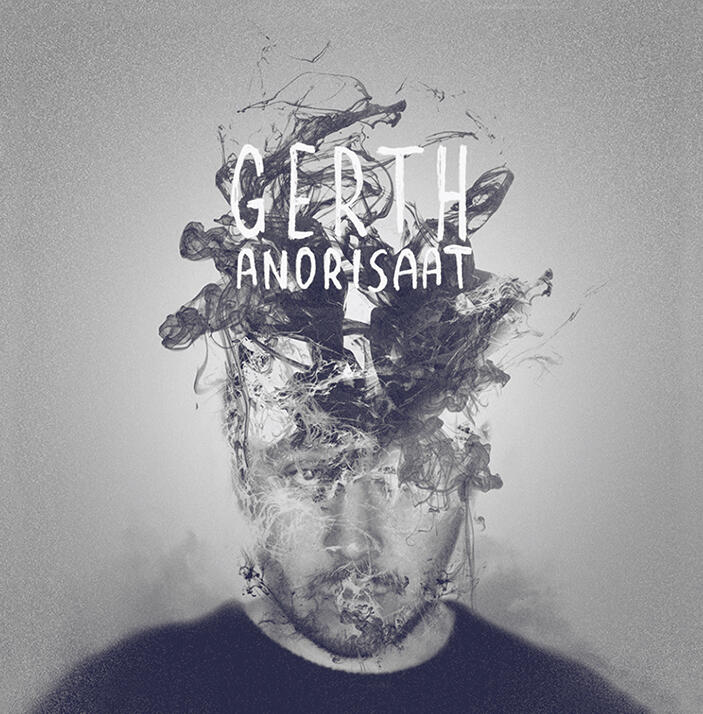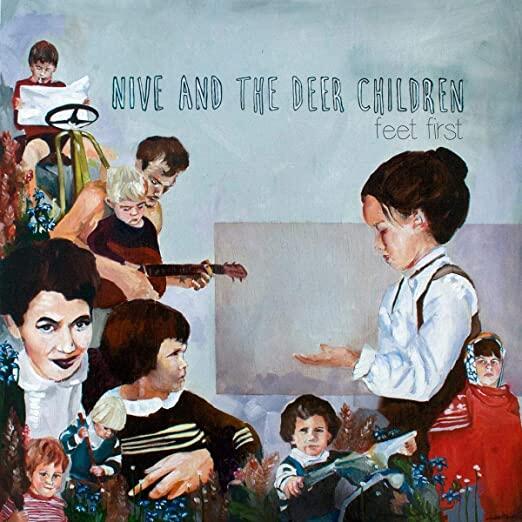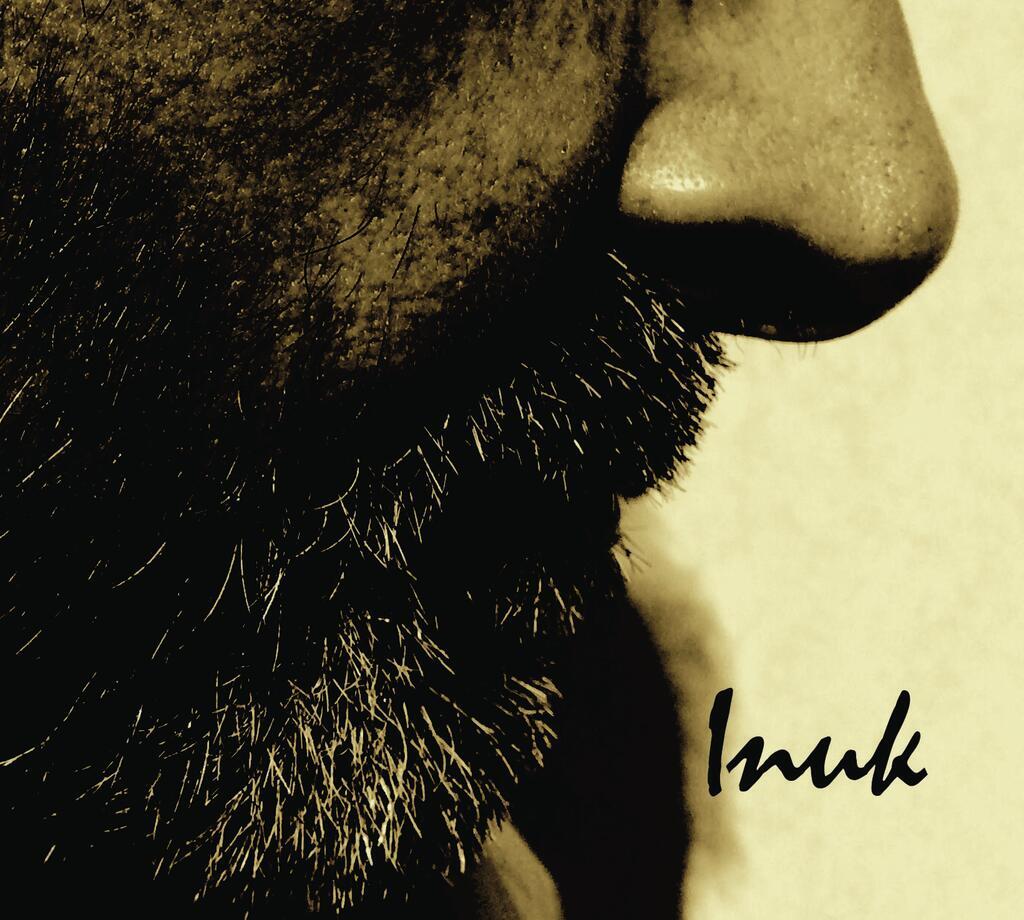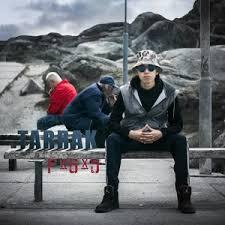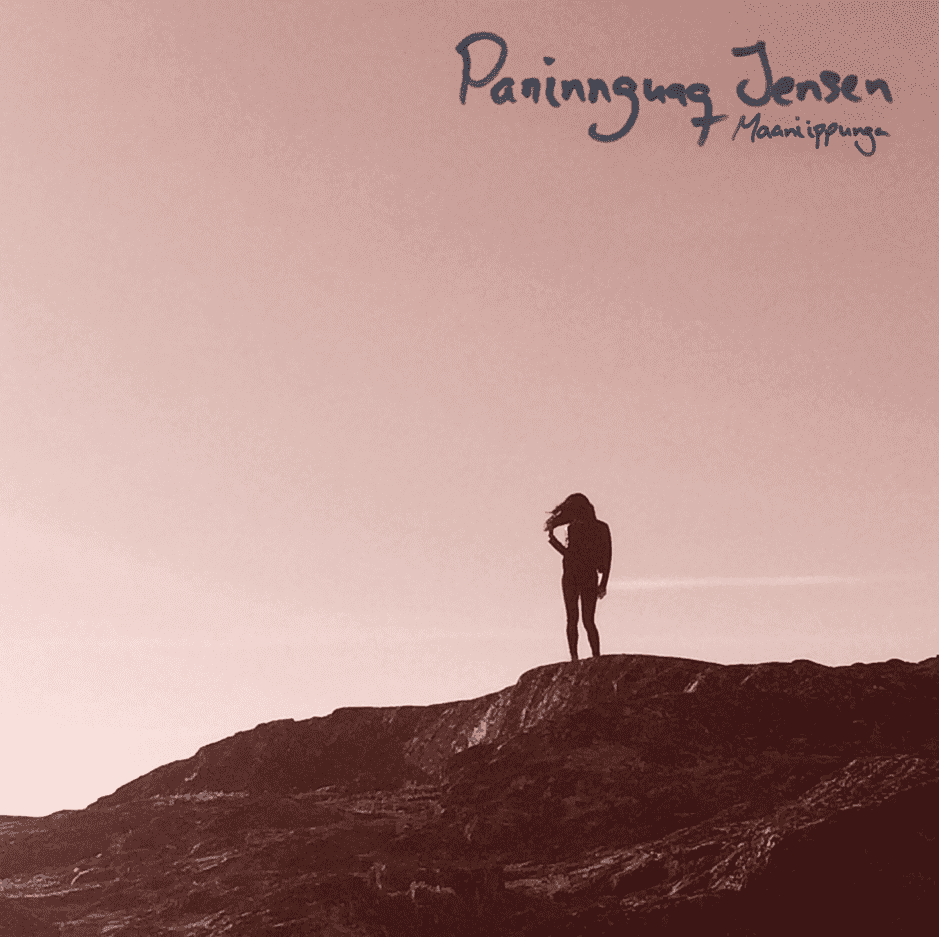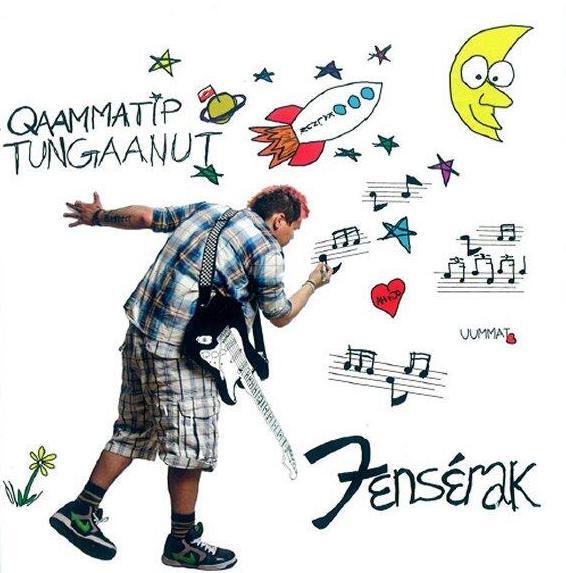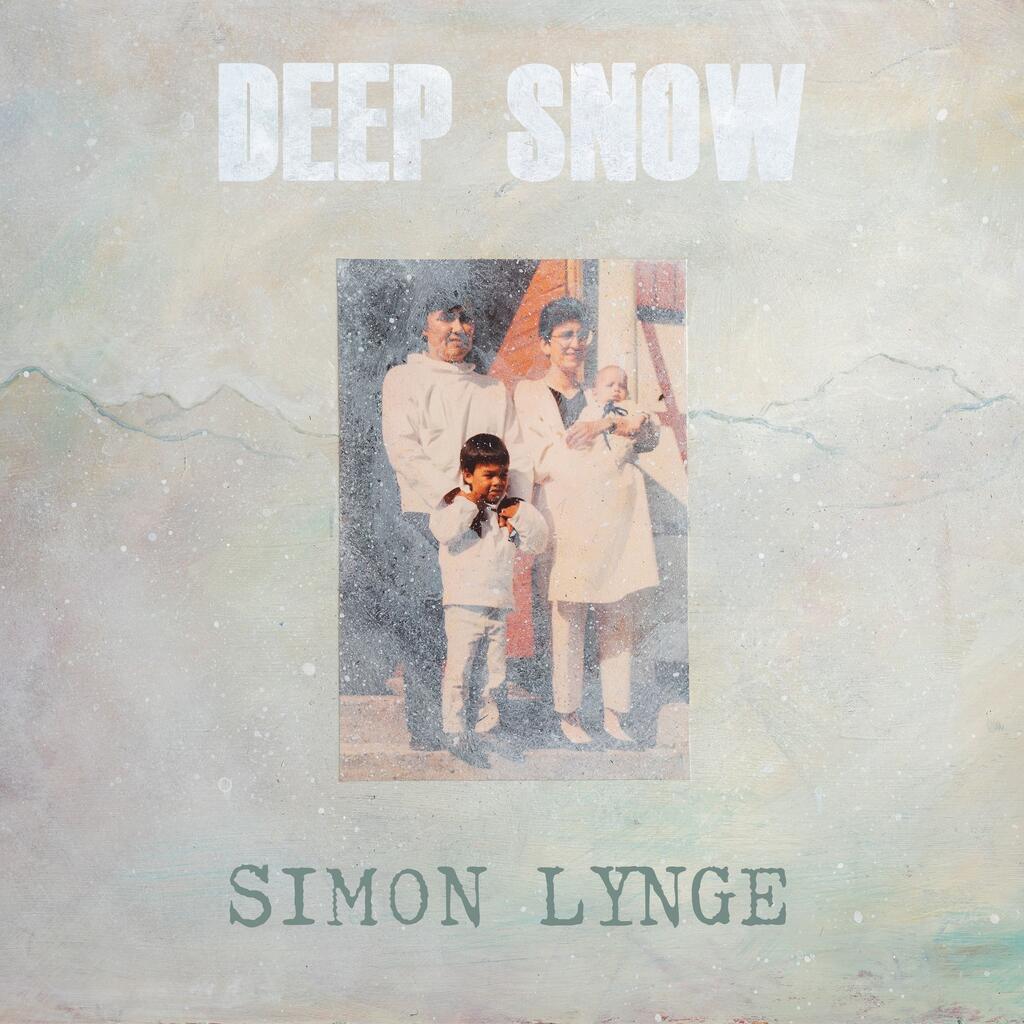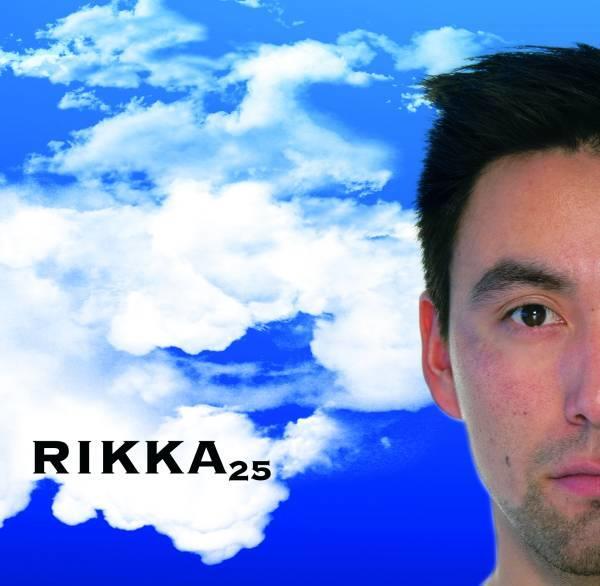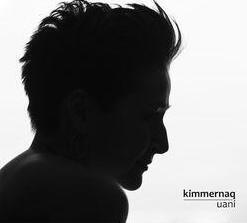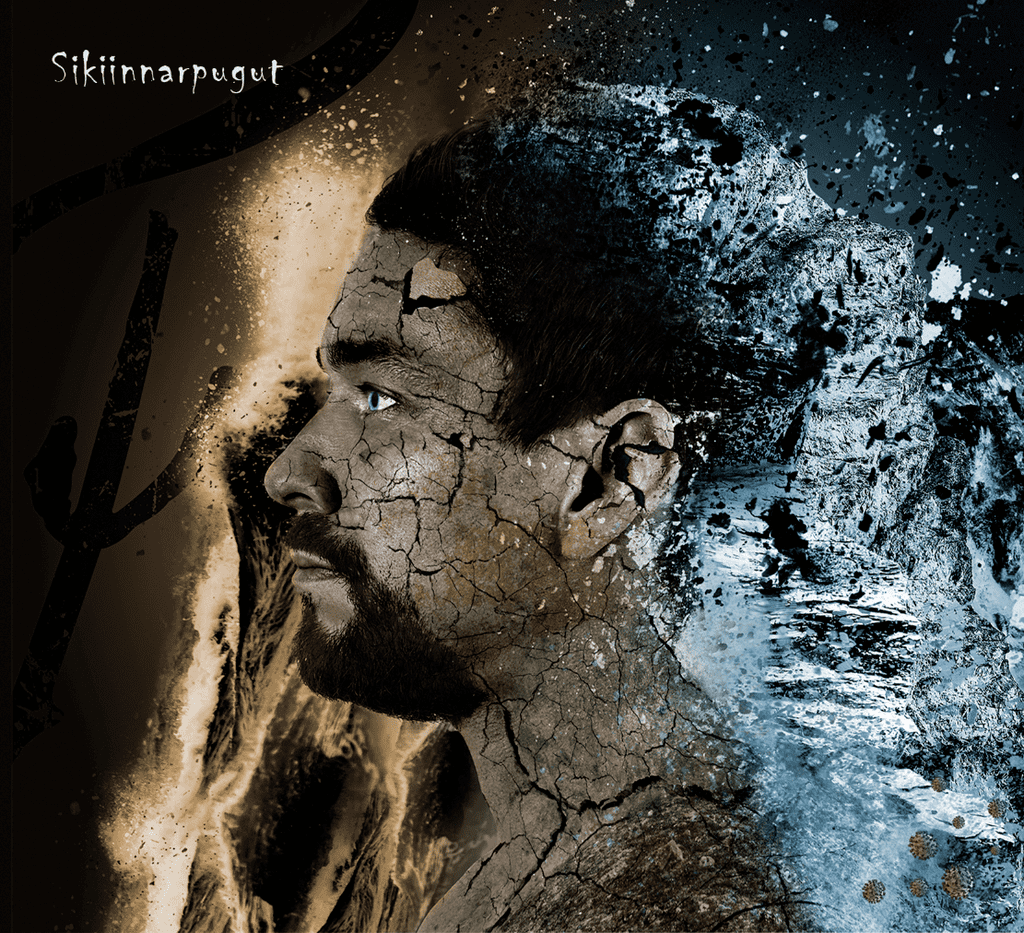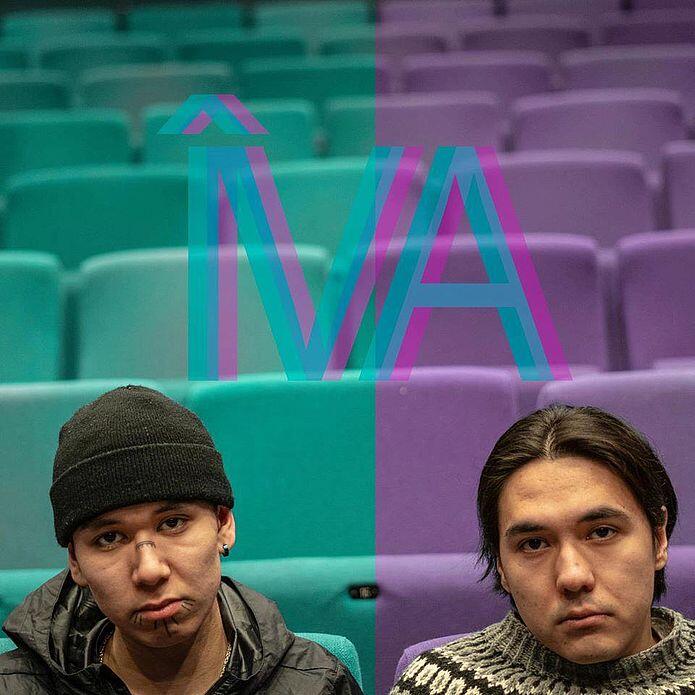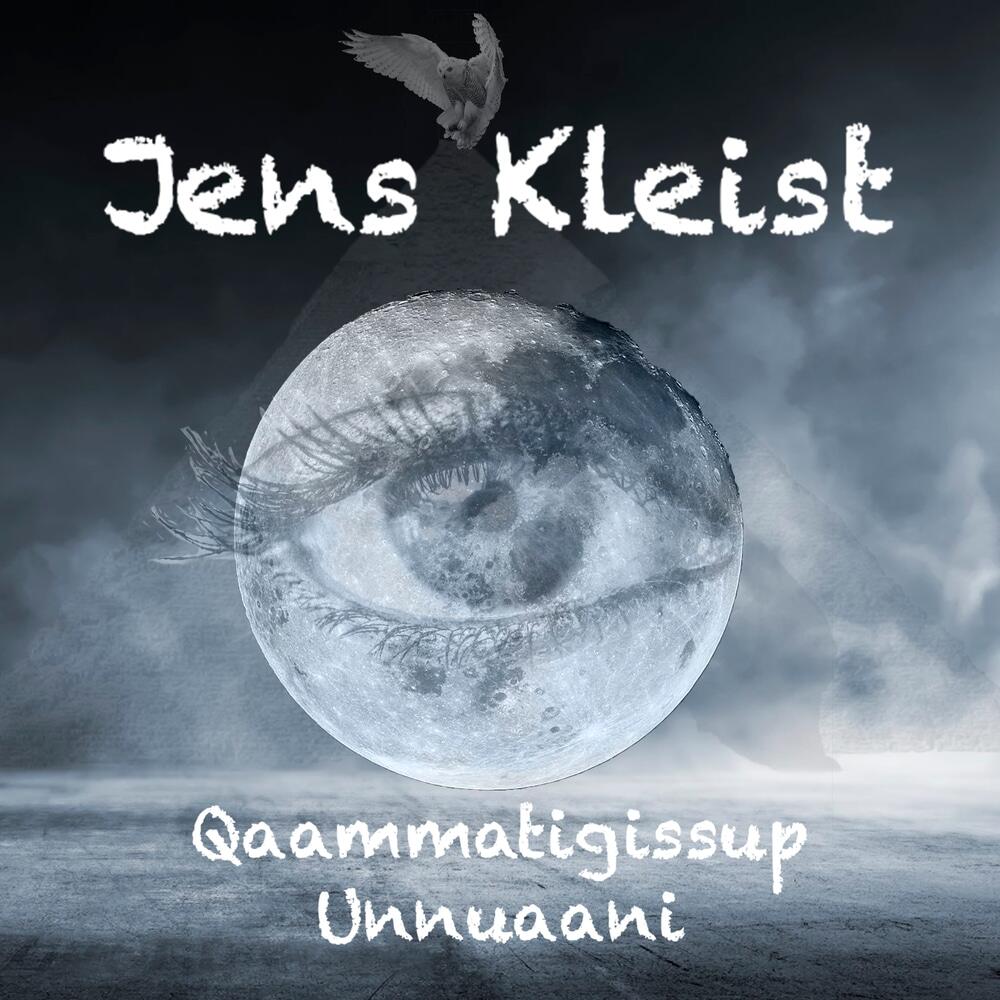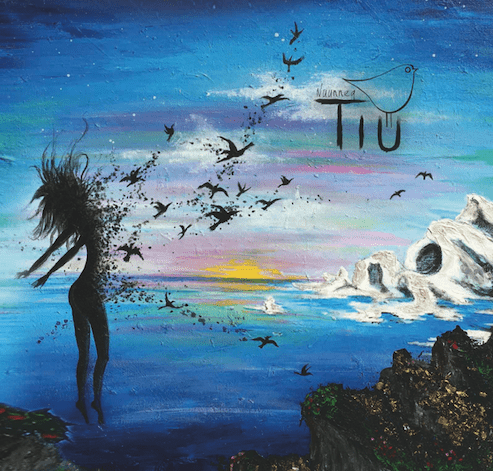- Music history
- VINYL (LP)
- CD
- DVD
- Merchandise
- Nyheder
- Guitar
- Bas
- Ukulele
- Effekt pedaler til Guitar/Bas
- Guitar & Bas
- Strenge
- Børneinstrumenter
- Forstærkere
- Tasker/Cases
- Keyboards
- Klaverer
- Trommer
- Percussion
- Mikrofoner
- Trådløse systemer
- Mixere
- Studieudstyr
- Kabler & Stik
-
Højttalere og mixere

- Hovedtelefoner
- Stativer
- Mundharmonika
- Harmonikaer
- Qilaat/grønlandsk tromme
- Vinyl-afspiller
- Diverse
- Blæseinstrumenter
- Lys
- TILBUD
- Violin
- Ørepropper/Høreværn
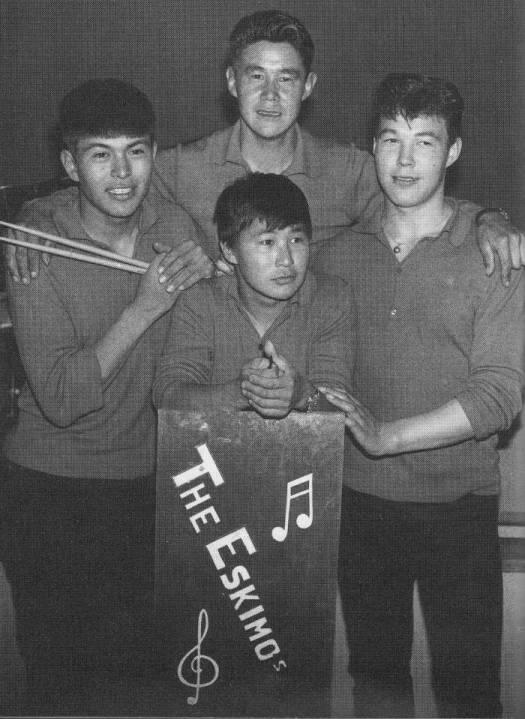
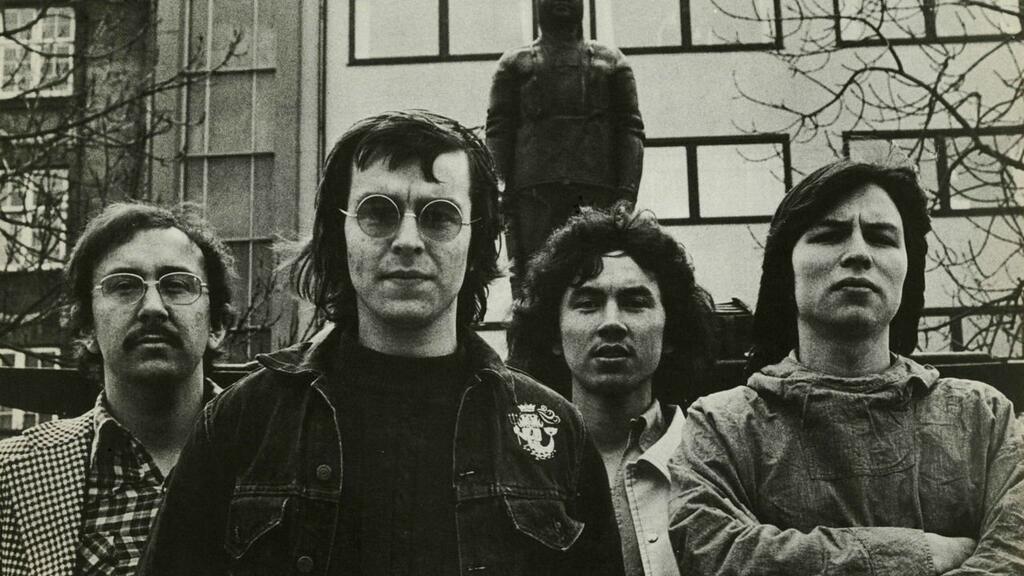
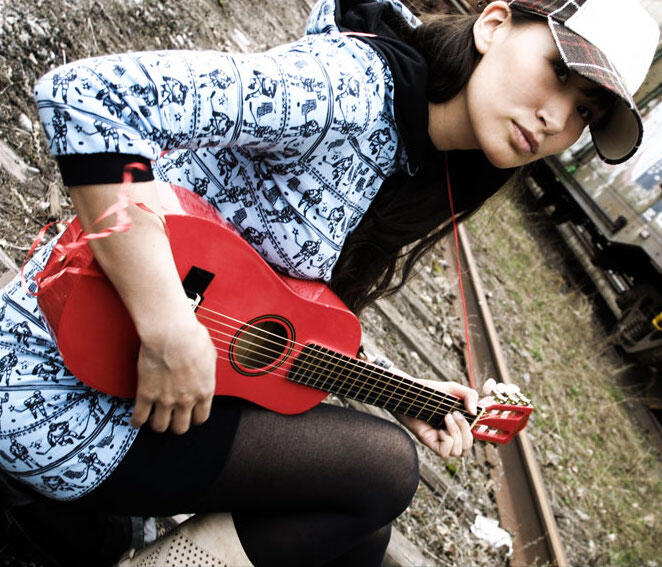
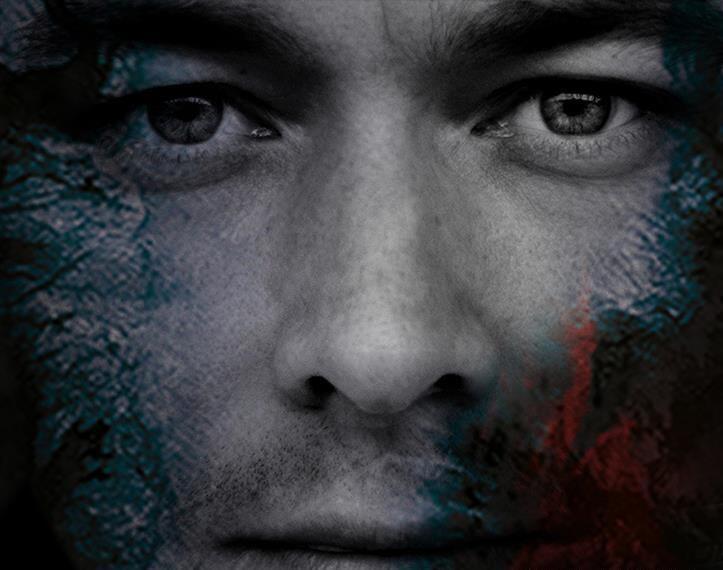
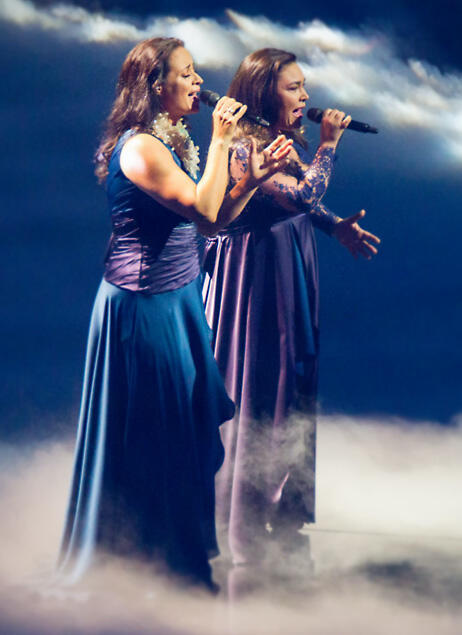
Greenland has been one of the most productive countries when it comes to music. With a population of only 56000 people and in a period since the 70s there’s been released more than 500 albums mainly through the two biggest labels; ULO and Atlantic Music. Many artists have released different genres of music and here we mention the development and some of the stand outs in the music history, so of course there are many many more great released albums through the years that aren't mentioned but please see all that we have in stock here: CD shop
The first instrument: Qilaat
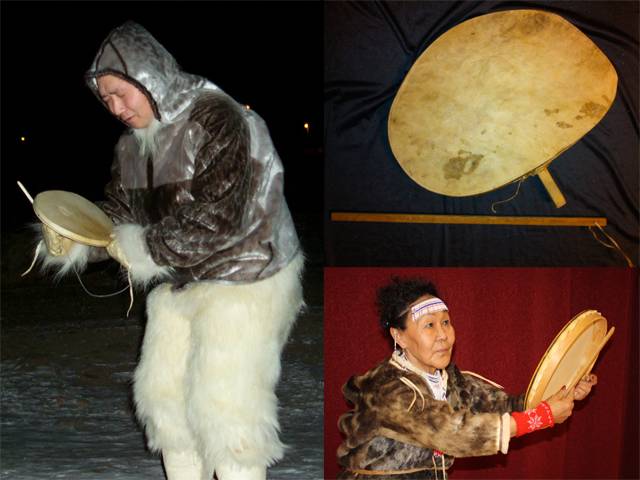  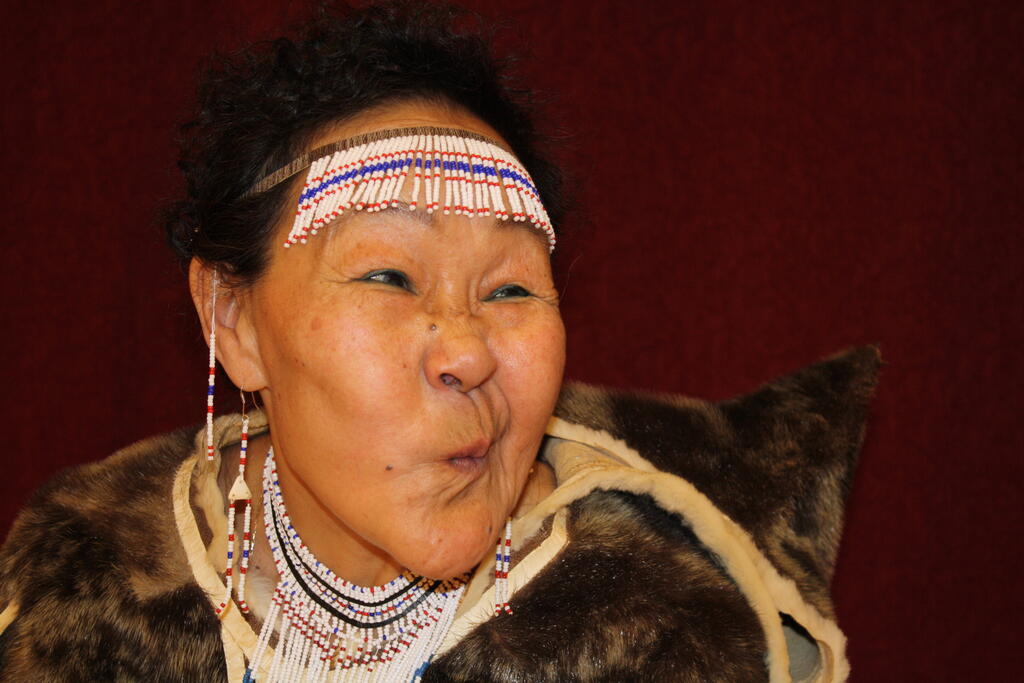 |
Before the colonization with European travelers, the frame drum was the main instrument that was used in Inuit societies. It was used in Inuit games but also in very important and festive events including both spiritual and competing rituals. It was therefore both used for entertainment but could also be used for battles between two Inuit. Qilaat is the Greenlandic name for the frame drum and the performers are called drum dancers and could both involve making grimaces, dancing and playing the drum.
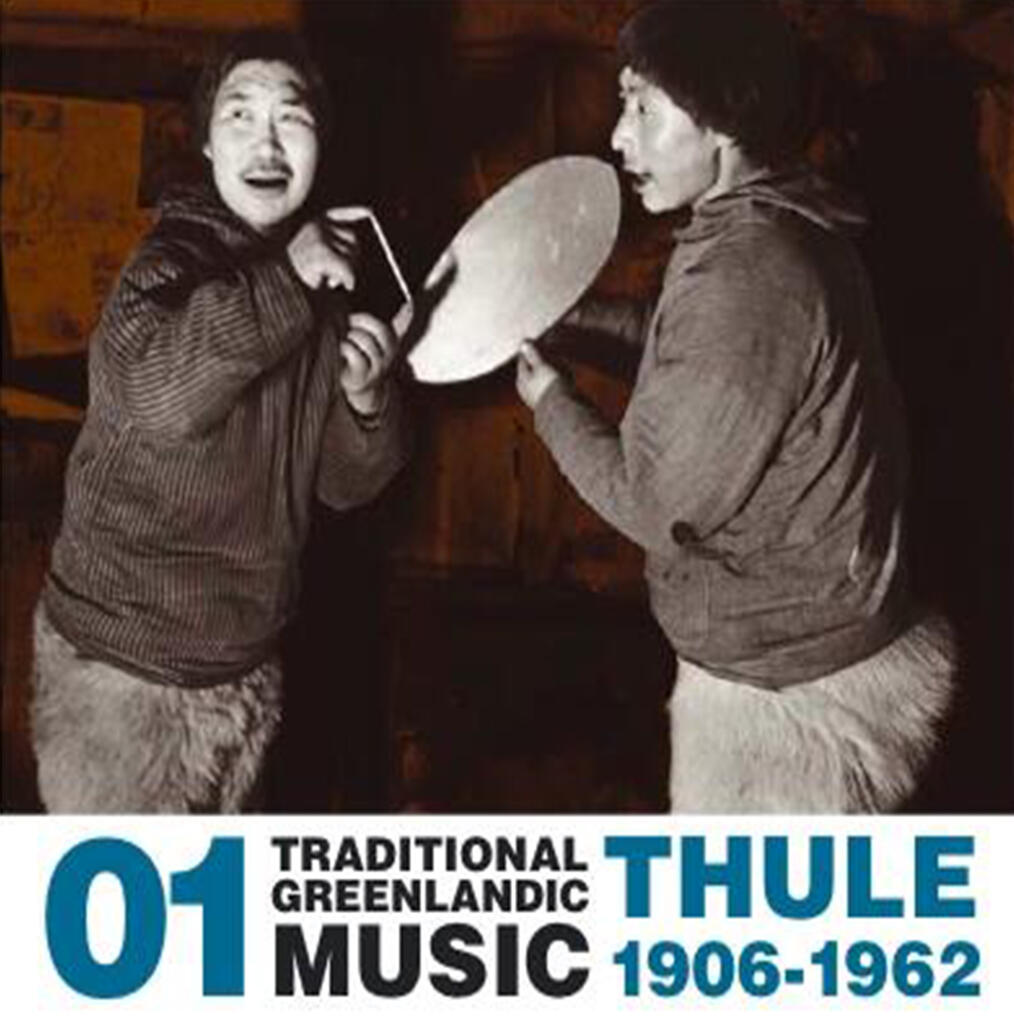   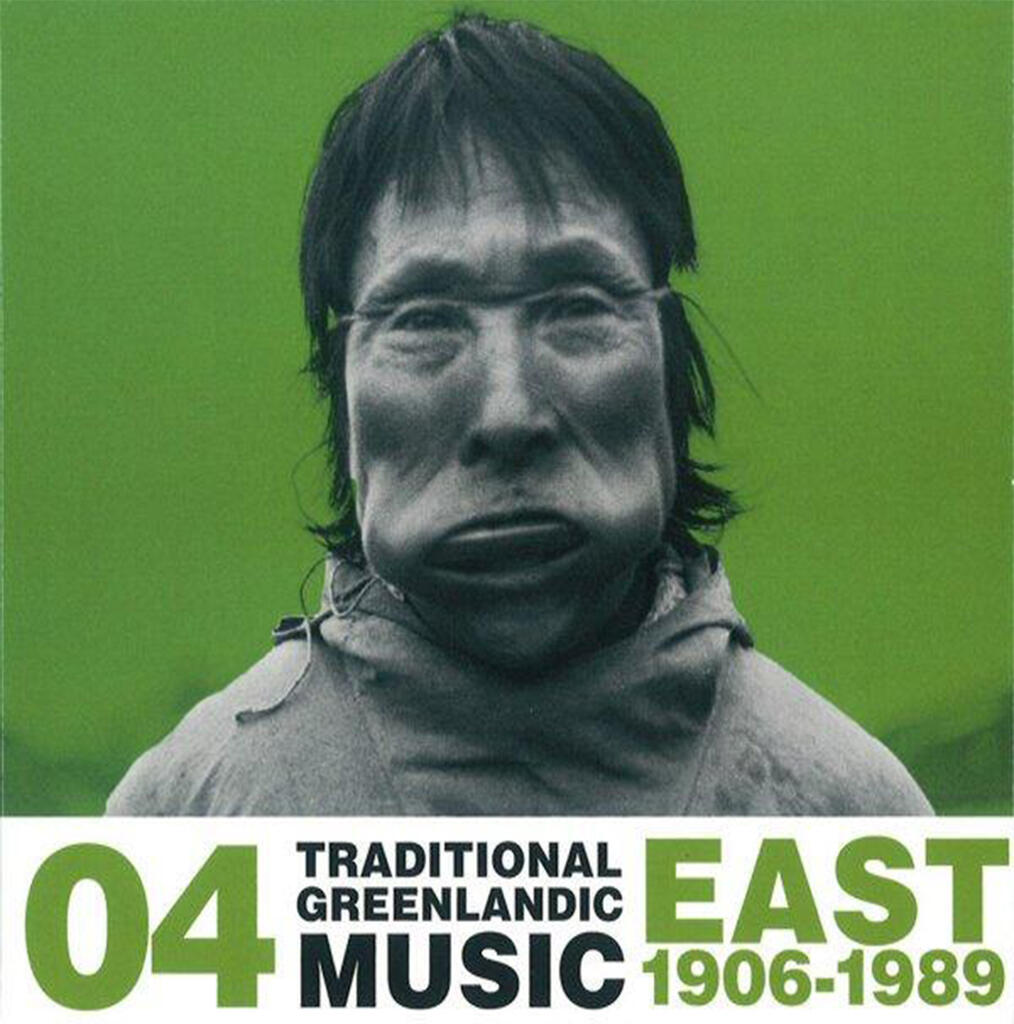  |
It doesn’t get more original than this and the sound quality varies since some of the recordings are more than 100 years old. For a compilation with overall recordings from all the editions a compilation was made called ‘Traditional Greenlandic Music’. For the more enthusiastic people there’s even a whole boxset with ALL the old releases from around Greenland.
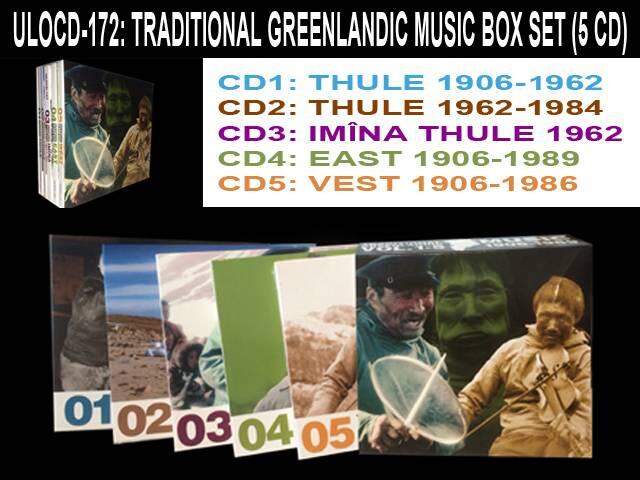   |
Since these original old recordings there have been few newer releases with drum dancers either containing collaborations with bands to mix the old with the new, or being part of compilations and bigger events such as music festivals or ICC-meetings. An ICC Concerts compilation was released and have artists from different Inuit territories. Later on professional studio recordings of drum dancers were made because one meant that it was time for it while some of the legendary artists were still alive. The newest recordings of drum dancers are on these releases:
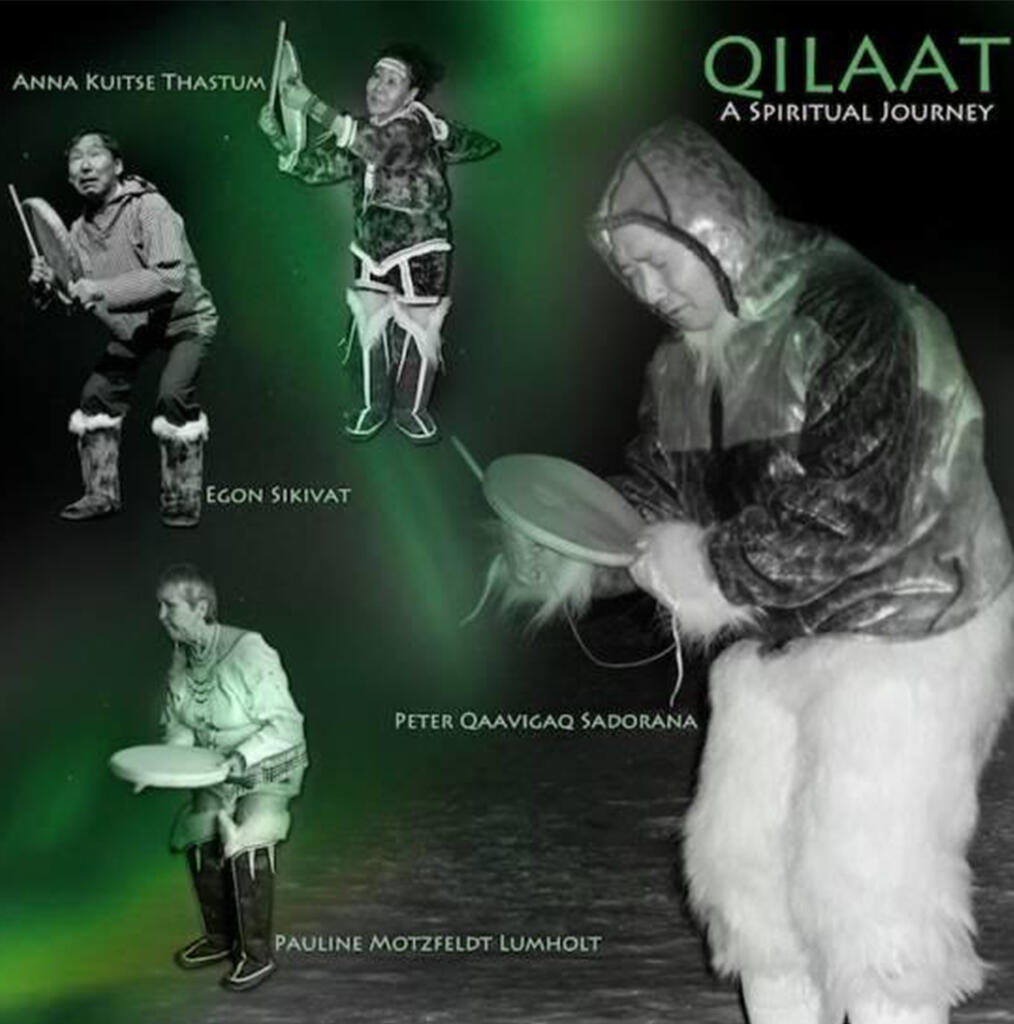  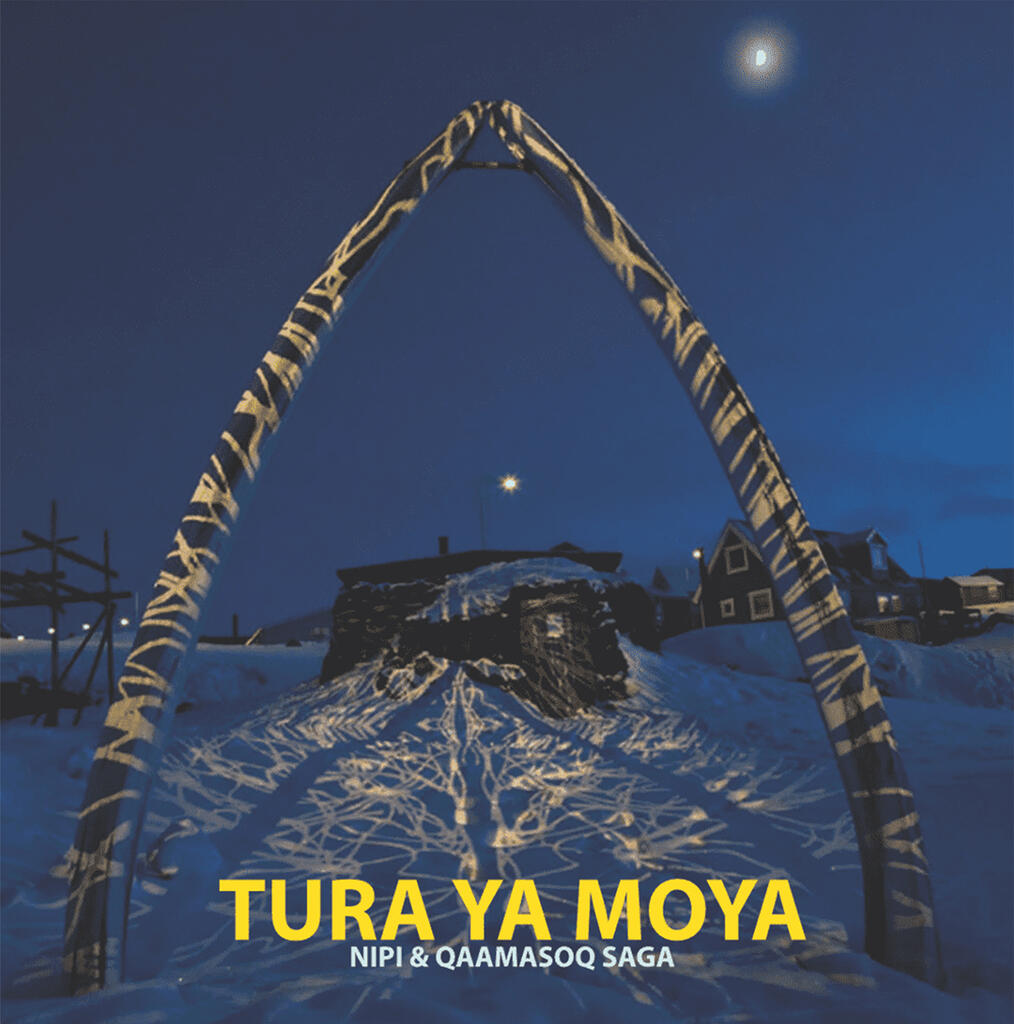  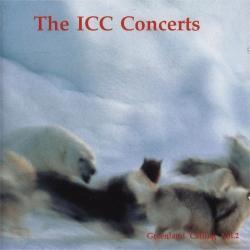 |
Qilaat - A Spiritual Journey involves drum dancers from around Greenland including far up north where the Inughuit lives in Qaanaaq. Qilaat - Inughuit Sounds involves drum dancers from Qaanaaq only. Both productions are mixed with instrumental tracks containing sounds of animals and atmospheric effects to back up the stories and songs from the drum dancers. They were produced so there would be new recordings in professional sound quality and the albums feature Greenland’s best and most well known drum dancers. Drum dancing almost disappeared when Christian missionaries came to Greenland and prohibited the use of the frame drum mainly because it seemed pagan. Today it’s free to use it and is mainly used for bigger events such as Greenland’s National Day and similar events.
The music culture in Greenland changed when the European whalers came and introduced polka with violins, pianos and harmonics as instruments. Very popular instruments in Greenland and that kind of music is now known as ‘Kalattuut’ and Greenlandic polka…The style became part of the music culture in Greenland and you would later hear it on popular releases such as Vajgat Orkestret, Rosa Wille, Pele Møller and Igalikumiut Kinguaavisa Nipilersortartui.
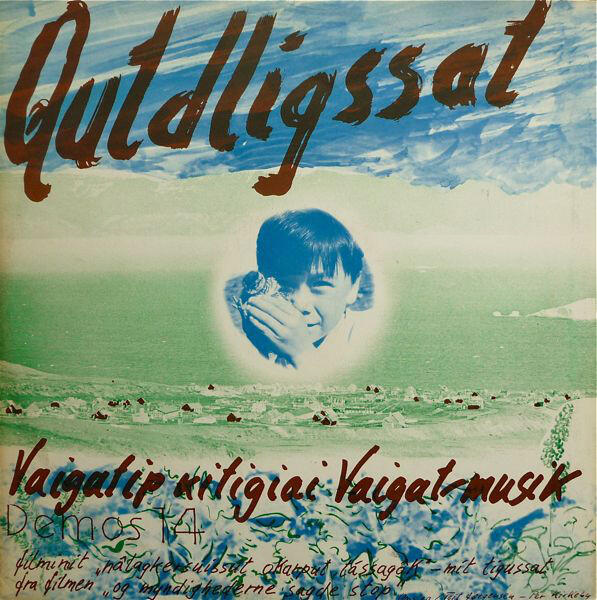   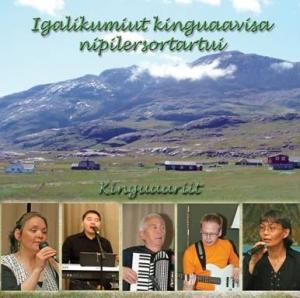 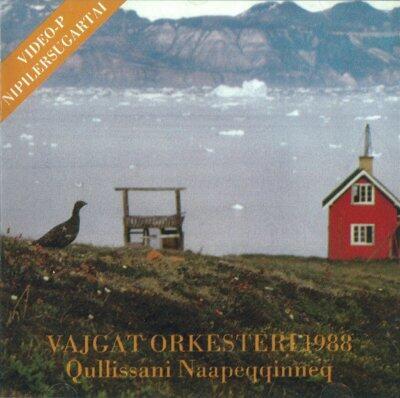 |
It was the missionary Hans Egede who brought the hymn to Greenland and it would later be more customized by the Greenlandic people using ‘ajajaajaa’-singing from their drum dance-traditions. Today almost every town in Greenland has a choir and it’s very popular with either male, female or mixed choirs. The choirs are very professional and several very beautiful albums have been produced, most of them in churches around Greenland to get the best sound. Christmas releases with choirs are very popular in Greenland. Two of the most popular Christmas choir albums are the ones with Rasmus Lyberth/Aavaat choir and Lumholt-ikkut. The all time best selling choir is from East Greenland, called Inngeratsiler who's released several albums.
 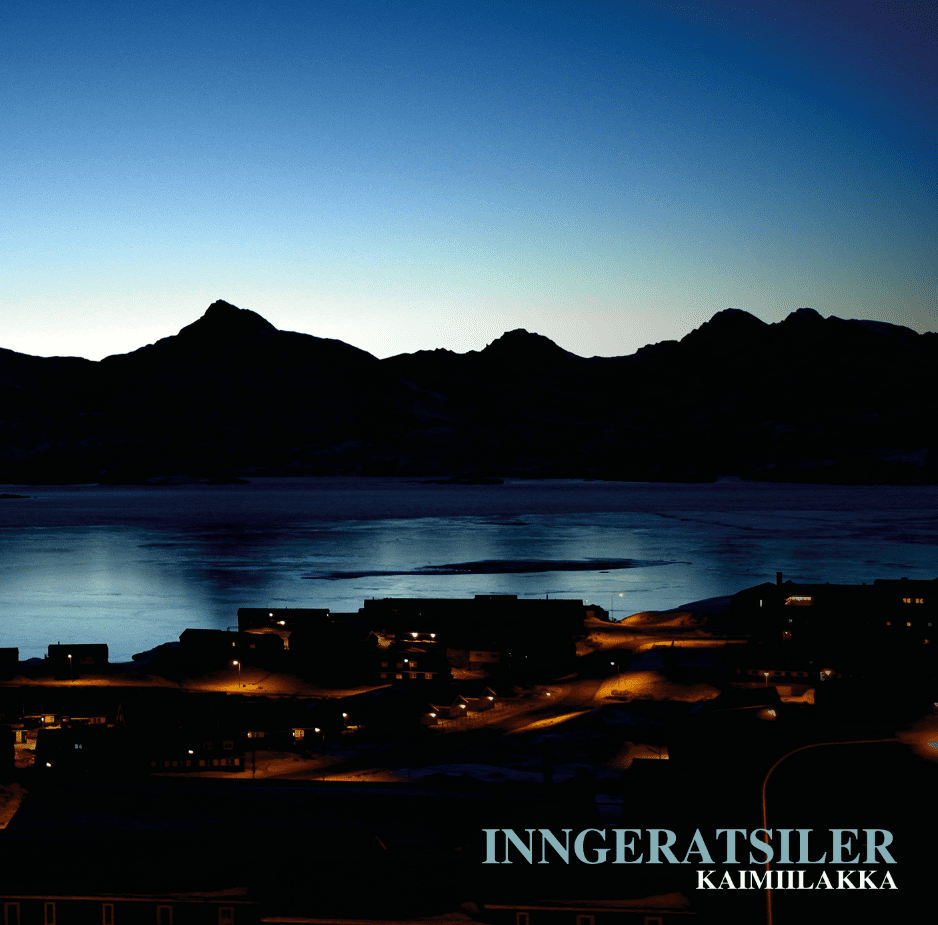 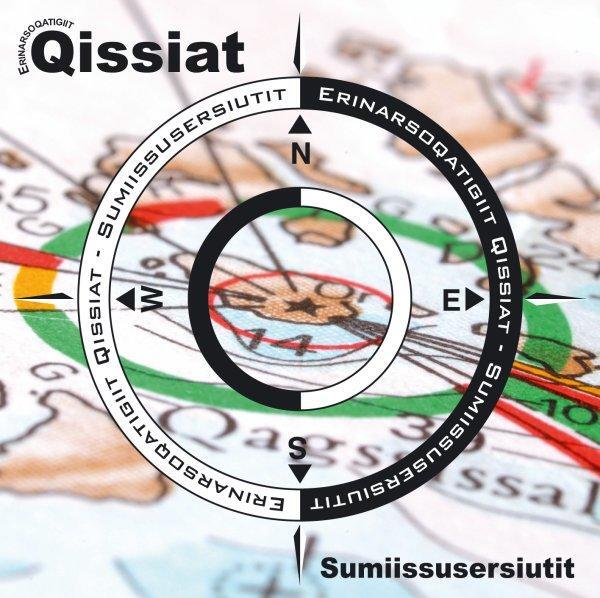  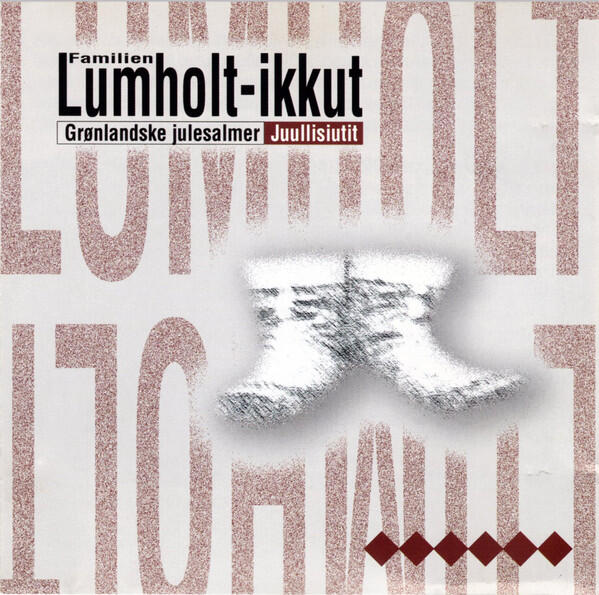 |
After the Colonization, which failed at the end of the 2nd World War, and Greenland became more open, the modernization of the society started slowly at first, still with unequal terms between the Greenlandics and the Danish – The Danish public employees would be paid much more than the Greenlandic people though they worked the same hours in the same job positions. Naturally the Greenlandic people grew unsatisfaction and one of the main forces of the movement towards independence is called Sumé. Sumé was the first rock band in Greenland to sing in Greenlandic and they sung about cultural themes, political themes and most importantly they wished to wake up the Greenlandic people by bringing messages through the music about the lack of control the Greenlandic people had of their own country. They thought that the Greenlandic culture should be prioritized. Although there already was a Greenlandic rock 'n' roll band in the mid 60’s called The Eskimos who sung English mixed with kalattuut, Sumé was out of the ordinary because of the content in the songs and because it was in Greenlandic dealing with culture and politics. Sumé was original and became the sound of a revolution (check out the film), and will always be the biggest rock band there ever has been in Greenland simply because of the band’s influence on the whole country both on the cultural side but also on the political side, and the fact that they were the first band to do so will always have a special impact in the music history of Greenland. Sumé has made a way through for many artists and today musicians such as Rasmus Lyberth, Nivé Nielsen and Nanook can be seen as ambassadors through their music gaining knowledge about Greenland around the world. Sumé released their first vinyl album in 1973 through Demos - a danish label and publishing firm. The albums would later on come out again through ULO and the band ended releasing 4 albums and 2 compilations through the years.
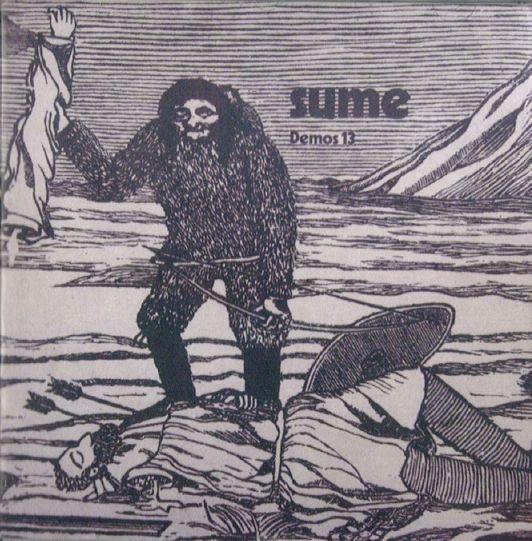 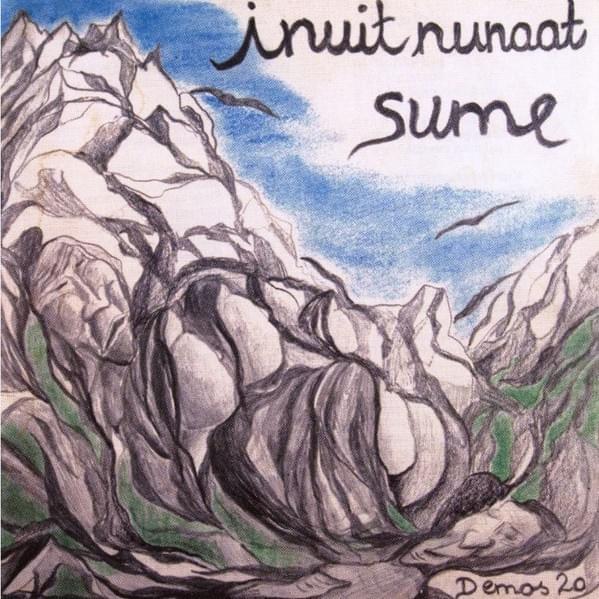 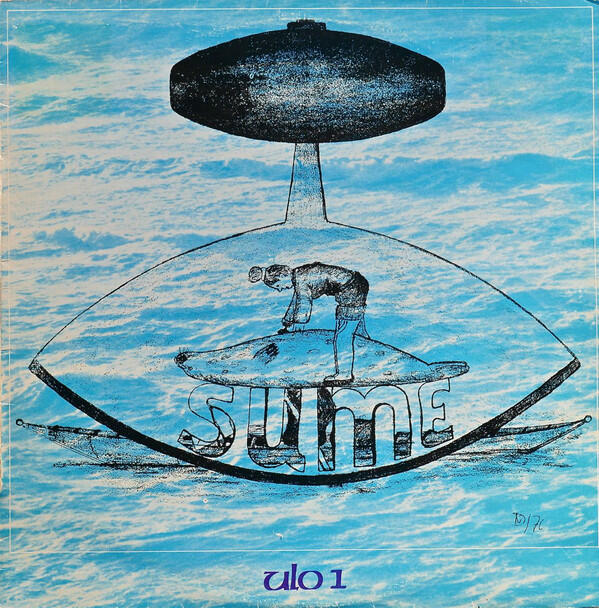 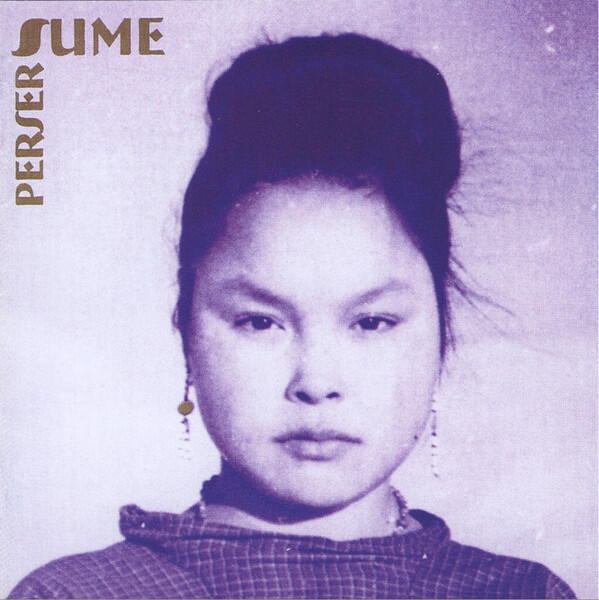 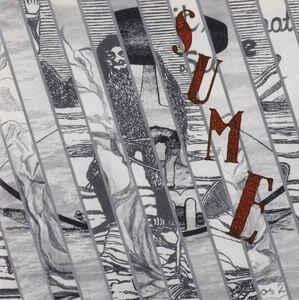 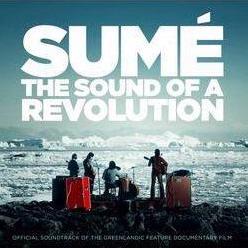 |
Sumé's film 'A Sound of a reovlution' is available on DVD.
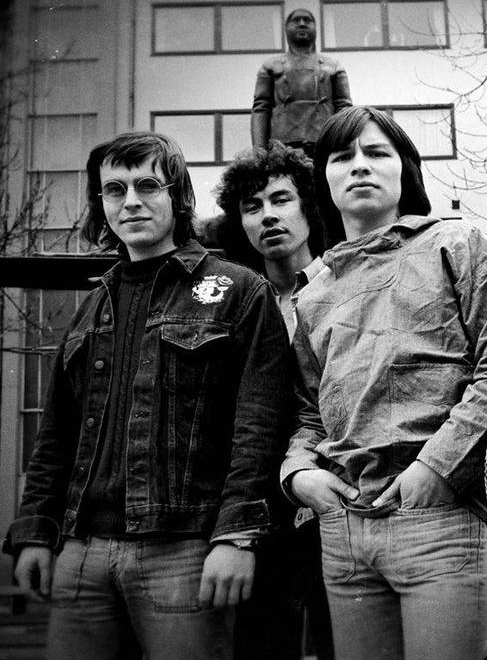  |
The music was very much inspired by international music such as Jimi Hendrix, The Doors, The Beatles and many other great names from the 60’s and 70’s, but at the same time Sumé was and still is something else – their own. The lyrics are metaphoric and will always be unique to the Greenlandic people. Sume was also a huge influence on Greenland’s Home Rule in 1979 when Greenland´s parliament was developed – a step closer to independence and Sumé, with their music, spread the Greenlandic values and wishes.
In the starting period of a real music industry in the 70’s in Greenland, names such as Rasmus Lyberth and Juaaka Lyberth appeared and got albums released as vinyls. Rasmus Lyberth is today one of the biggest artists we have in Greenland, and he has achieved lots of recognition outside of Greenland as well through his positive way of songwriting and unique vocal with slightly references to opera. Rasmus Lyberth has won awards in both Denmark and Greenland for his music and his popularity has resulted in performances in Denmark, US and London’s most iconic venue; Royal Albert Hall. Both Sumé and Rasmus Lyberth also performed at one of Europe’s biggest festivals; Roskilde Festival, back in the day. Rasmus Lyberth and Juaaka have also released several albums through their on-going careers.
As Sumé, Juaaka Lyberth and Rasmus Lyberth opened up opportunities for new Greenlandic artists the music industry blossomed even more and lots of new names would produce music through the label ULO and their belonging studio Aqisseq where Malik Høegh from Sumé was the main producer. Before ULO's establishment in 1976, who's considered to be the first label in Greenland, it was mainly the Greenlandic government's book publishment who since the mid 50s released casettes with music that was very affected by bad quality in the sound. Laarseeraq Svendsen - Greenland's first pop artist also recorded his material in this period before there was an actual label in Greenland. Later in the mid 60s a publisher called Kajak released 2 EP's with The Eskimos - the first Greenlandic rockband singing american songs mixed with kalattuut/polka. A Danish publisher called Demos released Greenlandic albums in the 70s, such as the first ones with Sumé and Rasmus Lyberth. In 1979 GRC in Nuuk (Grønlands Radio Center) started producing Cassettes and names such as Uillut was released (re-printed as CD through Atlantic Music later on). Also in Qaqortoq's Radio Center a couple of popular polka and traditional music with Jens' Trio and Peter Enoksen were released as cassettes (1976-1980). Later Uillut got released again as vinyl through a label called Sim-SA-La-Bim and Peter Enoksen also released cassettes by himself until Qilaat Music opened in 1981. Per Berthelsen from Sumé was one of the main persons to open Qilaat Music and music with Per & Birthe (re-printed as CD through Atlantic Music later on), Paatit, G-60, Peter Enoksen, Simik, Asallut and Rasmus Lyberth were released. Mainly cassette's were published and later on released again as CD's through other labels. After some years Qilaat Music was sold and re-established as one of the bigger labels in Greenland; Sermit Records who was owned by Eigil Petersen from the band G-60. Sermit Records had some good years but got sold later on to Alex Andersen from Chilly Friday who already had a few productions through his own studio Beat Production. He changed Sermit Records' name to Ice Music. Ice Music was hit hard by the tendency of sharing music for free and is now closed down. Sermit Records/Ice Music released about 100 albums with great artists such as Qarsoq, Taaq, Ulf Fleischer, Ole Kristiansen, Mariina and Johannes Berthelsen just to name a few of the most popular ones. In the 90s there were 6 labels in Greenland; ULO with Aqisseq Studio under them, Sermit Records, Sila Music (The Silamiut Theater), Sisimiut Tusaataat, Melos and the newest label Atlantic Music with Atlantic Studio under them. Today there are more home studios who release music by themselves and over the years Atlantic Music has taken the role being the distributor of ULO's music. New labels/publishers and studios come and go and Atlantic Music cooperate with several studios to get their music out. Several artists also publish their own material with the new digital opportunities without being bound to a label which of course both have it's up and down sides.
|
|
ULO had many good years of cooperation with Sweet Silence Studio in Copenhagen. Karl Sivertsen – a one of a kind guitar player who was already known for his participation with Sumé, released his first solo album with ULO Band and other great names in Greenland came out in the 80’s; Inneruulat, Piitsukkut, Qarsoq, Aalut, Paarisa Band, Naneruaq, G-60, Qaaq, Inua, Niivertut, Zikaza and Ole Kristiansen. Per Berthelsen from Sumé was part of Qaaq and the album became very popular in Canada as well. Both Zikaza and Ole Kristiansen became well known in both Greenland and Denmark with popular music videos of their best songs. Zikaza's music video got attention outside of Greenland and Ole Kristiansen even became a hit among the aborigines in Australia and he also featured on MTV. Zikaza and Ole Kristiansen both performed at Roskilde Festival. Sumé performed there for the second time in 1995 and it would be the last Greenlandic singing band to perform at Roskilde Festival for many years.
|
|
|
Ole Kristiansen became one of the first real icons in Greenland with fans like the international stars have. His music videos would be seen almost every day on national TV and in the 90s he was swarmed by fans. It’s fair to say that him and Rasmus Lyberth have been some of the most persistent artists in Greenland with several well produced critical acclaimed albums through the years and they kind of changed the perspective of music in Greenland and have kept renewing themselves. Zikaza’s debut album came out in 1985 and their 2nd in 1988 is today one of the most selling albums in Greenland’s history. The male singers dominated the music scene until the early 90s when Mariina was released, and she became one of the biggest names and still is. All her albums have been huge sellers and still when she enters the stage it’s packed with people. Through the 90s while it was still the golden age for CD’s several great new artists released their material. Anguigaq from far up north in Qaanaaq released their debut album in their own Inughuit dialect, and it was very popular among Ole Kristiansen’s and Inneruulat’s 90s albums. One of the big news in Greenland back then was Sumé who finally made a new album in 1994, since the band haven’t released new material since the 70’s, and it became Sumé’s last album though they were active on stage until 2012 when they performed their last concert, as the full crew, at Akisuanerit Festival in Nuuk. Bands such as Unnuaq Band, Taaq and Taakku also started out in the 90s. Taakku was quite special at that time because Stinne, the female singer, had a very characteristic voice and even though she couldn’t speak Greenlandic she could sing Greenlandic lyrics and it had a controversy effect with people who either were against it or supported it, and female singers were wanted. The band became very popular and before their debut album they won a national music contest. Stinne also released a solo album later with succes. An important name to mention in the 90s is Laarseeraq Svendsen – the first Greenlandic pop star with original recordings from the period 1958-1975, were released as CD. Laarseeraq Svendsen and his calm voice is still very popular today.
Pop, rock and traditional music such as polka and kalattuut dominated the music scene, including Kalak - a band with a strong guitar player and a singer with a deep sensitive voice made some national hits. Zikaza also released their 3rd album as one of the 90s first albums in Greenland. While focus was on rock and pop, the first hip hop group came out in the 90s; Nuuk Posse. Nuuk Posse was the only hip hop group for many years but today there are several hip hop artists in Greenland. Nuuk Posse rapped about tabu-subjects and their words could be explosive but very popular among the young people. The late 90s also introduced the first heavy metal band in Greenland called Siissisoq. With inspiration from the international metal and rock stage they spiced their style with Greenlandic lyrics about African animals. Might sound strange but the story behind it is that after the songwriter came back from a trip to Africa to his hometown in North Greenland he started to compare the local people with the animals he’s seen in Africa. It sounds funny yes, and it is, but it became a big hit in Greenland, maybe mainly for the music with progressive guitar rifs and how the sarcasm behind the lyrics was wrapped in like it was. Their live performances was not to be mistaken with a very energetic front singer. Besides Ole Kristiansen's third album it is worth mentioning Peter Leibhardts album which had some spectacular guitar skills.
It’s impossible to mention the 90s without mentioning Nina K. Jørgensen. She became one of few female stars with her participation in the band Qulleq, which released their first album through Melos Record - a small studio with few but very popular releases such as one of the alltime best sellers Zedna featuring all the divas, and Taaq who had a rock based sound with melodic and catchy songs. Taaq was a huge hit in the 90s among young people in Greenland, and released their 2nd album in the 90s as well (Sermit Records), and kind of shadowed Zikaza's new release at the time although it featured some national hits. Mariina released her 2nd album as well and Taaq's succes was followed by Siissisoq (ULO). Late 90s also introduced funk/Inuit soul Pamyua with greenlandic Karina Møller. Qulleq also released an album through Atlantic Music/Atlantic Studio and became the first big seller for the label (1998) followed by Igalikumiut Kinguaavisa Nipilersortartui’s release that got gold certified in 1999. Since then Igalikumiut Kinguaavisa Nipilersortartui have released several albums and they are all extremely popular with their traditional polka-style. It was also in the late 90s the Silamiut’s Sarsuasut album was released and Julie Berthelsen was truly introduced to the music scene. Julie was already involved in some of Sumé’s live performances where she and her sister sung the backing vocals. Nina and Julie – two of Greenlands biggest female artists kept appearing on compilation releases such as Arctic Horizons, Sarsuasut and Zedna. Years Later Nina and Julie released their own albums and they both went through lots of paths through their music including participations in singing contests in Denmark. Rasmus Rosing also featured on the Sarsuasut album – he was called the new Ole Kristiansen with huge potential, a new artist that would become one of the young people’s favourite. He’s remembered for finishing the 90s with his band Mechanics in Ini – a band that only released one, but very well known, album which got him touring around Greenland.
The new millennium, with all kinds of genres out in Greenland, a band called Isummat released an album. The singer Pilu Lynge – a very loved artist in Greenland, with a strong voice, who stood out by releasing intense personal and sensitive songs through pop and ballads came out on Isummat’s album. Not many female artists had written own songs by then in Greenland and she later on wrote Kimmernaq’s award winning debut album. The same year Chilly Friday released their debut album which became a sudden national hit. The band had a new sound, which the producer Mik S. Christensen brought to Greenland – a producer which Atlantic Music hired for their studio; Atlantic Studio. Mik produced many of Atlantic Music’s best sellers. Chilly Friday was inspired by grunge and rock names from the US, and the lead singers' outstanding vocal had similarities to Eddie Vedder from Pearl Jam. People either loved or hated that, but the band’s sales speaks for themselves and they became the biggest rock band for the next decade producing several albums and also won an award while they were at their highest. Chilly Friday was also the first popular band in Greenland singing in English with an ambition of breaking through outside of Greenland. The band’s first albums contained both Greenlandic and English lyrics and they touched tabu-subjects such as alcoholism and the huge suicide-problem in Greenland.
In the year 2000 one of Greenland’s biggest sellers was released. An album called Zedna featuring all the new female singers; Julie, Nina, Tupaarnaq and Stinne among others featured on this great album containing pop songs. In the same period rock and more modern band-based pop dominated the music scenewith names such as DDR, Tupaarnaq, Angu and Julie. Pamyua also released a new award winning album and visitted Greenland several times during the following years. Julie went to Denmark in 2002 for a singing contest called PopStars and came in 2nd. She signed a record deal with Medley Records, releasing an English album and became one of Denmarks best selling artists ever with her debut album that collected awards in both Greenland and Denmark. She became a huge star in both countries and is still famous and have released several albums. She was destined to be a pop star since her youth with Sumé on the stage and she was often the face of Greenland in her most glory days with her music. She performed at many big festivals in Denmark through her biggest years and featured in numerous television shows and radio podcasts. She was even elected as the person to show Will Smith around in Copenhagen when he visited Denmark, and she has performed for The Crown Prince of Denmark. In 2010 she won the AllStars with Nina K. Jørgensen and Mads Lumholt including Greenlandic songs, and in 2019 she and Nina came in 2nd in the Danish Melodi Grand Prix. They have made Greenland proud many times.
|
|
Angu, who’s debut album was one of Atlantic Music’s biggest projects, produced an English album in the same period as Julie’s breakthrough in Denmark and got signed by Copenhagen Records. Lots of financial means were used on this potential and Angu featured on MTV as the first Greenlandic artist singing in English. Angu also performed at Roskilde Festival in 2005, which was very rare for Greenlandic artists since Sumé was the last to perform there in 1995. Angu had his own sound, and his vocal is out of the ordinary in Greenland and his debut album became gold certified. Angu was very much inspired by Jeff Buckley and Beck just to name a few. He later released his second album and featured on a compilation CD in Denmark where he interprets David Bowie’s ‘Heroes’. In the same period of Angu's debut album Chilly Friday released a very popular tribute album honoring some of Greenland's biggest artist through time with new recordings of old classics through Beat Production and it was later on followed by Chilly Fridays last album before Malik, the front singer, went solo.
|
|
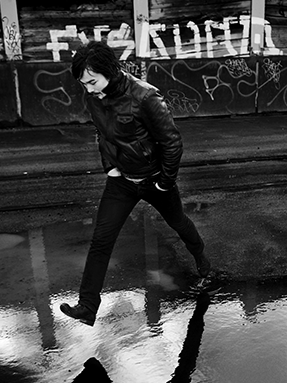 |
Tupaarnaq – a young pop star, a woman with a huge voice who already appeared on an album with a band called Avataq and on the compilation CD with Zedna finally did her solo album. She was very popular and did some tours with DDR who was her and Kishima’s band back then. Kishima is a pop/rock-artist who since then has released several albums, all with national hits. While DDR performed plain rock, Tupaarnaq with her pop and Kishima with both genres it was great shows for the audience who got served with different styles. Touring with a huge star as Tupaarnaq having a top selling album it could not fail. DDR was known for provocative music videos and melodic songs which were written and produced in close cooperation with Mik S. Christensen who also produced both Tupaarnaq’s and Kishima’s debut album. These were band based modern pop/rock and from out of nowhere a band called Asuki released a comeback album including songs that became a true land plague with an old school rock ’n’ roll style. Their gold selling album hit all generations and kids and the elder were hooked on their music which was filled with happy songs. Asuki was already a band in the 80s but this was a success they had never experienced and was followed by several popular albums through the years. In that same period Prussic released their album like an atomic bomb. Three teenagers were in this hip hop’s best selling group and with no filter at all they released songs about being neglected children. The album was produced by Alex Andersen who has Beat Production – a smaller studio who released few albums. This Prussic-album became the biggest seller next to Asuki’s for a longer period in Greenland by that time. Prussic was an interesting group because of their hard terms they have had through their young lives, and with an album that got through both children and young people, adults around Greenland were very touched by these songs. Prussic was the biggest name the next couple of years after their award winning album, and it would take many years before more hip hoppers could follow, though none hip hoppers hasn’t come close to the same popularity as Prussic. There’s Nuuk Posse, Prussic and the rest. Many hip hoppers released albums the following years and it was clear that the young generation became better and better producing music from their home studios. Maasi, one of the guys from Prussic did a solo album not long after and Maasi even guested the stage when a Danish band called TV-2 performed for 35000 people at a festival in Denmark. TV-2 has done a couple of these stunts with nordic artists, including Nanook and Teitur. Blues band Discobay Blues released their debut album with succes and became a very popular live band in Greenland. Among several others Chilly Friday, Ole Kristiansen, Qarsoq, Nuutit, Stinne and DDR released new albums in this period and it wasn’t until 2006 Greenland was hit by a bigger surprise again and it was Kimmernaq’s award winning and gold selling debut album. A new voice in Greenlandic music was born and she was here to stay and released another best selling album later on. Although her album was mainly pop, it delivered something new in Greenlandic music. Kimmernaq's debut album was followed by Angu's second album which also became popular.
Yes, the millennium brought us several new divas indeed and in 2007 Liima Inui had a new singer, Randi Broberg who with her powerful voice became a big name in Greenland and Liima Inui now became a national hit after a rather alternative debut album in the 90s that didn't bring too much attention. The year after, 2008, Nina K. Jørgensen’s long waited solo album was finally released. Julie guested the album with backing vocals and the album is one of the best selling albums in newer times. Nina was the hottest name the next couple of years and it resulted in many tours in both Greenland and Denmark. Nina would later on in her music career release an album in Danish which is her first language and the movement of female singers was dominating the music scene and it was clear that there became a lack of new strong male singers.
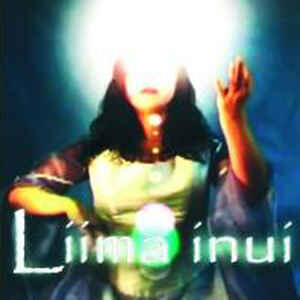   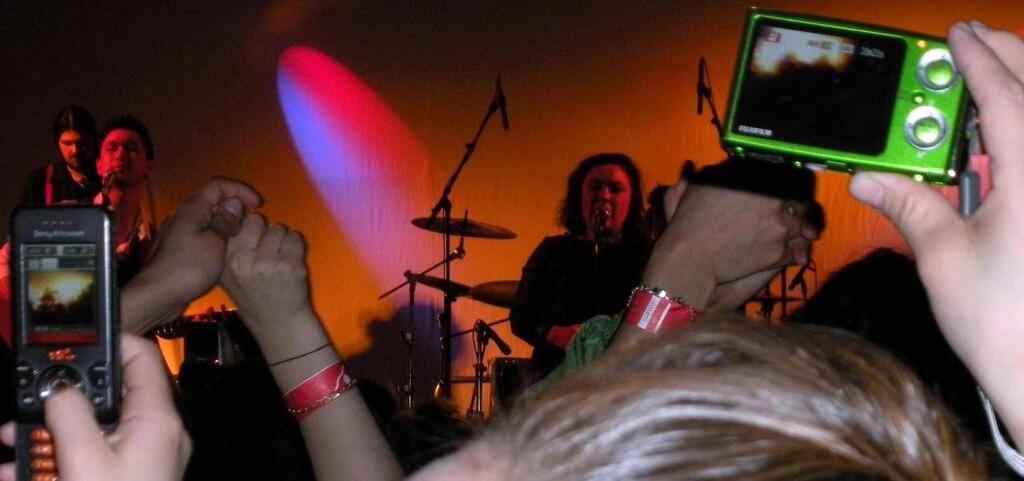  |
2008 was also the year of Alter Me – a Danish band with a singer from South Greenland, Qaqortoq, who was very intellectual and unique in his songwriting. His inspiration from Pink Floyd, Radiohead and many other great international artists shined through the album with Alter Me and it was the biggest project in Atlantic Music’s history. The belief in this project was so big that it took a couple of years of financing before the album got released. It resulted in a very colorful album in English and EMI Records signed the band and would spend lots of resources. Alter Me sold good in Greenland, but overseas it wasn't overwhelming and was explained as bad timing with the music. The band split up quite early although they had some hits on Danish radio. Hans Mortensen, the singer and songwriter, later on made a trio called For Akia who won a contest in Denmark that later on brought them to perform at Roskilde Festival in 2016. Varna also released her blues album the year befor Alter Me, and became a big name in Greenland with her English album. Another English singing artist who deserves to be mentioned is Nivé Nielsen and her band The Deer Children who released her debut album in 2009 with great success. Since then she’s been very active on the stage with her two albums and have performed for the Crown Prince of Denmark later on. Besides that she's even featured in Disney- and Hollywood-films and series while being active in Theater as well. Nivé Nielsen’s music style is very unique and soft, and it has gotten her around the world since her first release. On the side of music sung in English Nivé Nielsen's debut album was followed by Simon Lynge's debut album and several artists released in English music in that period. Simon Lynge was already well known several places, and after a live performance in the States, the producer Matt Forger was impressed (engineer on Michael Jackson's Thriller) and decided to work with Simon and produce his first album. It became a hit in Greenland and it got Simon appearing on BBC and Sky News with an album released in many countries. Simon has released several albums since then and is a highly respected musician in both Greenland, Denmark and other countries. While some chose to sing in English to be heard, such as pop singer Juno who released his album same year, pop duo The Benefits (Ilannguaq Lumholt) 2 years before with some hits and rock band Small Time Giants who released their first EP in 2012 with popular songs among the young people in Greenland, others chose to keep it in Greenlandic.
A trend in singing in English was quite high for new artists, but a new name 'Nanook' released a Greenlandic debut album in 2009 - the same year Greenland's Self-government was introduced along with Liima Inui's outstanding well performed album. Liima Inui adressed political subejcts and showed their wish for independence. The Hans Lange-album also got released that year with huge succes and stars like Mariina and Ole Kristiansen participated in the project. Nanook came with a new sound and was called an evolution in Greenlandic music in newer times, and it seemed as if there hadn’t been anything extremely evolving since the beginning of Chilly Friday, so it was very much needed in Greenland. The unwritten rules in pop/rock-songs were broken with Nanook and strong metaphoric songwriting and guitar based songs with twists of new sounds was to hear in Nanook’s music. Nanook could change tempo in their songs influenced by Sumé back in the day but the new sound and the melancholic mood in their songs was something unheard in Greenland. Nanook created their own style with lyrics involving the individual human being’s feelings towards the main issues in Greenland, the climate change and cultural uplifting subjects with an overall theme of hope. Nanook came at the right time where music in Greenland needed something new and has become the best selling band in newer Greenland’s music history with record sales equivalent to every third person in the country owning an album with Nanook. The band signed a deal with Mermaid Records in Denmark and with King Records in Japan involving special edition releases aimed at Northern countries and Japan. They have award winning albums and through the years Nanook has gained popularity in the Nordic countries and Canada followed by lots of tours including performances at The Kennedy Center in Washington DC, Iceland Airwaves Festival, Roskilde Festival and several tours to Japan. It became popular to do something out of the ordinary, and to do it in Greenlandic seemed extraordinary. Many other artists followed the development in the new sound with inspiration from around the world. Nanook has released 5 studio albums and several singles, compilations and live albums - all with international attention. Though many think the band should sing in English to reach a worldwide audience, Nanook has kept being true to the Greenlandic language.
The younger generation of musicians in Greenland has developed fast through inspiration from the internet in all kinds of genres from new heavy metal and rock to electro music mixed with pop and hip hop. Besides the modern developed music the more usual traditional music kept being released and names such as Enok Poulsen and Pavia Geisler who could perform with a keyboard was huge stars for several decades and both still are with very high numbers of sales. Kalattuut/polka and choir music never disappeared either and are still popular today, so it seems as if there are room for all kinds of music genres and bands in Greenland, both new music styles and old music styles. The oldies but goldies will always be popular. New bands and artists appear with new sounds and new styles but the traditional pop artists who bring new tunes and new melodies although maybe the music style isn’t so new will remain. Other several older bands still come out with new material, for example Liima Inui who's got a new singer in the band or Kunngi who have released yet another album. It is worth mentioning the opera singers; Ida Heinrich and Josef Josefsen, who have had huge succes the last years with releasing albums with both new and old popular songs. Some older bands also still make new music and Metalband Siissisoq released a boxset with old and new songs, and people in Greenland love anniversary-releases or concerts. It's quite common to see revivals from older bands, but great to see new names appearing such as Finni, who became a sudden hit with his hard rock mixed with hiphop like the good old Limp Bizkit and Linkin Park.
Many new names have been releasing albums the last decade such as the gold selling band Sussat! with their rock’n’roll style, or Rikka and Jenseeraq with their loved pop songs and even new hip hoppers as Tarrak who’s been shaking the society with the strong lyrics and new sound also gained lots of popularity. Some of the latest best sellers are with the bands; Inuk, Maalia & Jonas, Kimmernaq, Frederik Elsner, TIU, Paninnguaq Jensen and Nanook which provide the scene with modern pop, rock and softer singer songwriter styles.
A newer phenomenon at the moment is collaborations between genres and musicians/singers. For example Frederik Elsner who's been collaborating with Ole Kristiansen on both his solo albums. With this great icon that Ole Kristiansen is, and who started out in the 80s being one of Greenland's biggest stars it's a pleasure to see the old meeting the new and it works just perfectly. Their songs have become very popular and they've been very active performing shows together. The interest for collaborations have grown the last couple of years in Greenland and you see hip hoppers guest heavy metal bands such as Pukuut and Jens Kleist, or Tarrak and musicians from Inuk making the new group Îva, just to name a few.






